
Bearded dragons can make great pets, but they have quite specific dietary needs that you should be aware of before you take one on. They are omnivores, meaning they can eat a variety of fruits, vegetables, greens, and insects.
When it comes to bearded dragon care, offering them foods that are suitable for them is key. If you feel uncomfortable feeding your pets live prey, you might want to skip owning a bearded dragon, as they enjoy hunting for their food. Storing or breeding live prey requires some skill in itself, so bear this in mind if considering a bearded dragon or other pet that consumes live prey.
When it comes to how long do bearded dragons live, the answer is eight to 12 years with the right diet and living conditions. So keep this list handy when you're thinking of what to feed your scaly friend.
32 things to feed your bearded dragon
1. Dandelion
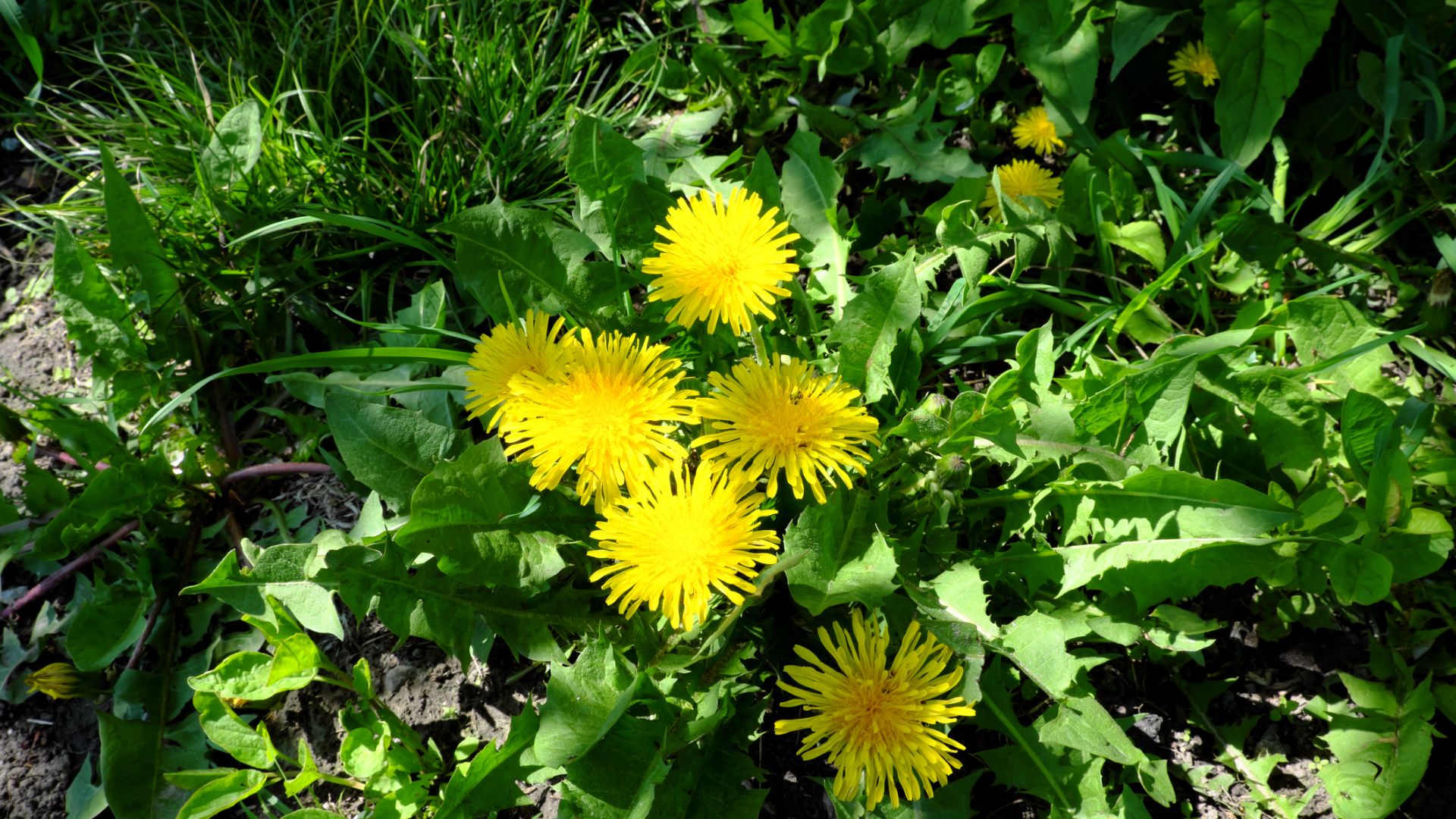
A staple for bearded dragons and it's something you can find in your garden for free are dandelion greens. Be careful if foraging for your pet and ensure you wash any plants from hedgerows or near roads thoroughly. Don't pick if you know herbicides are used in an area.
2. Clover
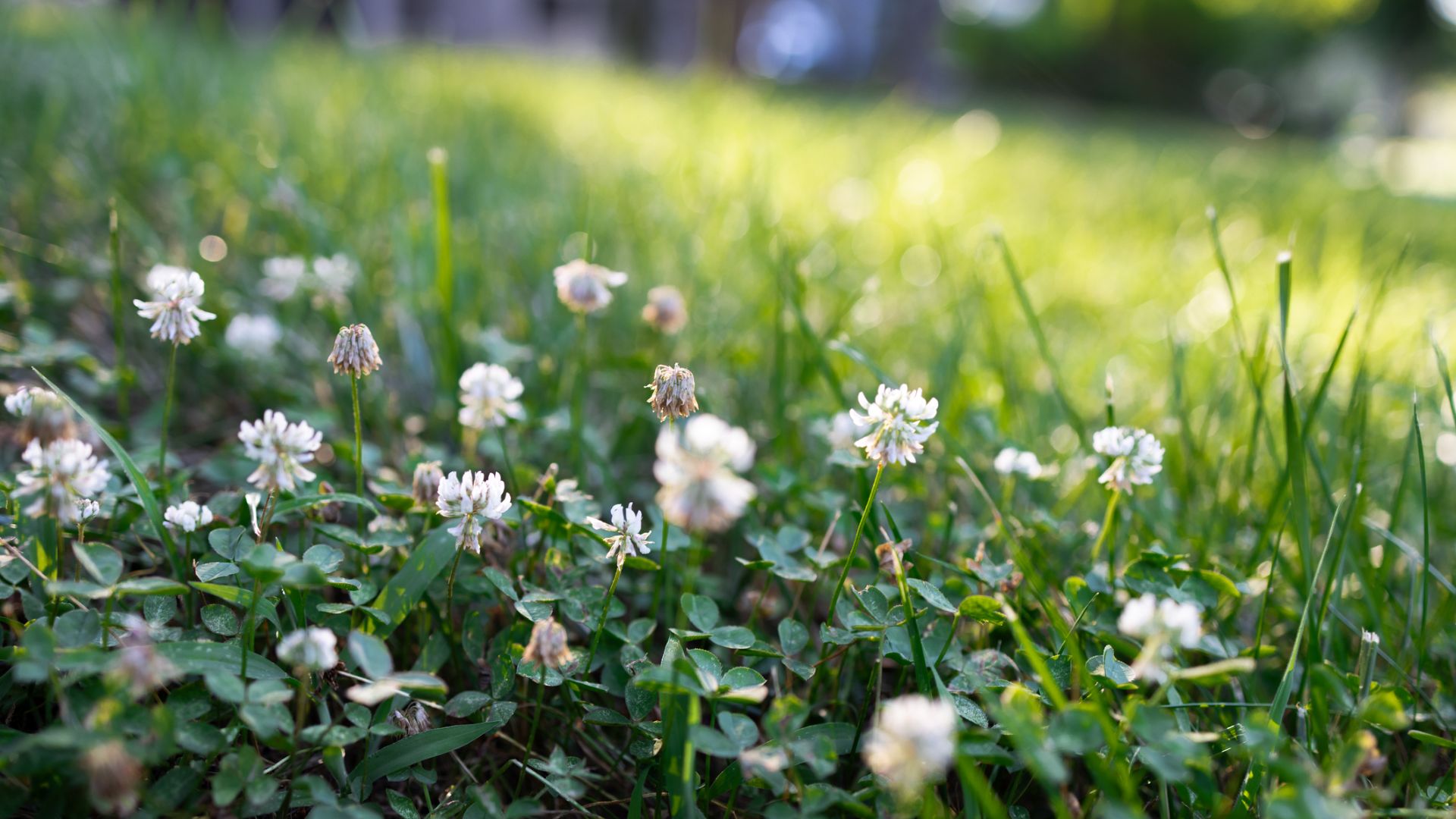
Another fantastic and free food that your bearded dragon will enjoy is clover. The leaves are nutritious, but the high-fiber flowers are likely to be a favorite for your pet. Again, be careful with herbicides, dog urine, and agricultural runoff when foraging for your dragon's dinner.
3. Plantain
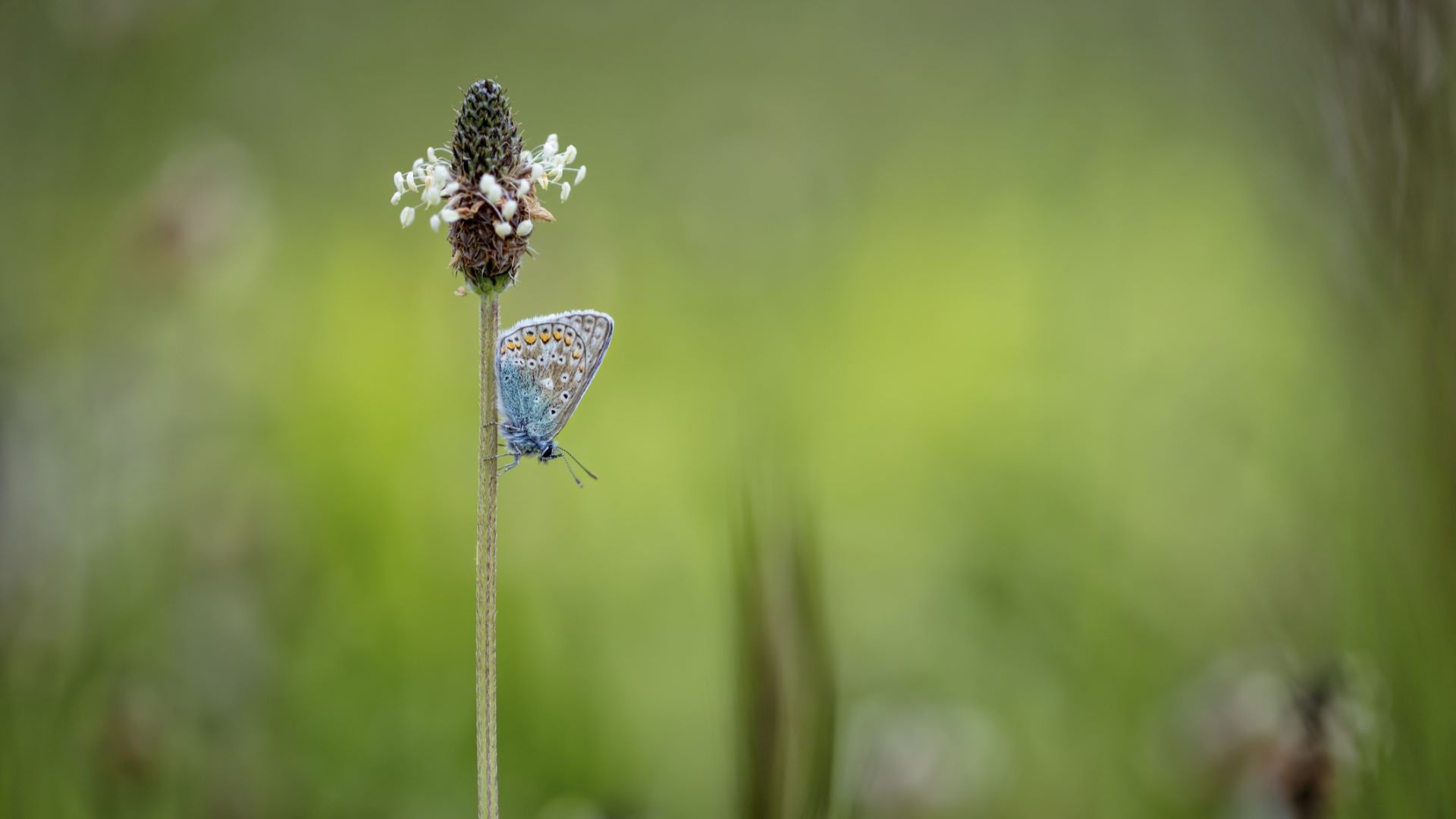
There are different varieties of plantain, including ribwort plantain and broad-leaf plantain. These are considered weeds and can be found growing abundantly in meadows and on verges. Be sure of your identification when picking wild plants.
4. Watercress
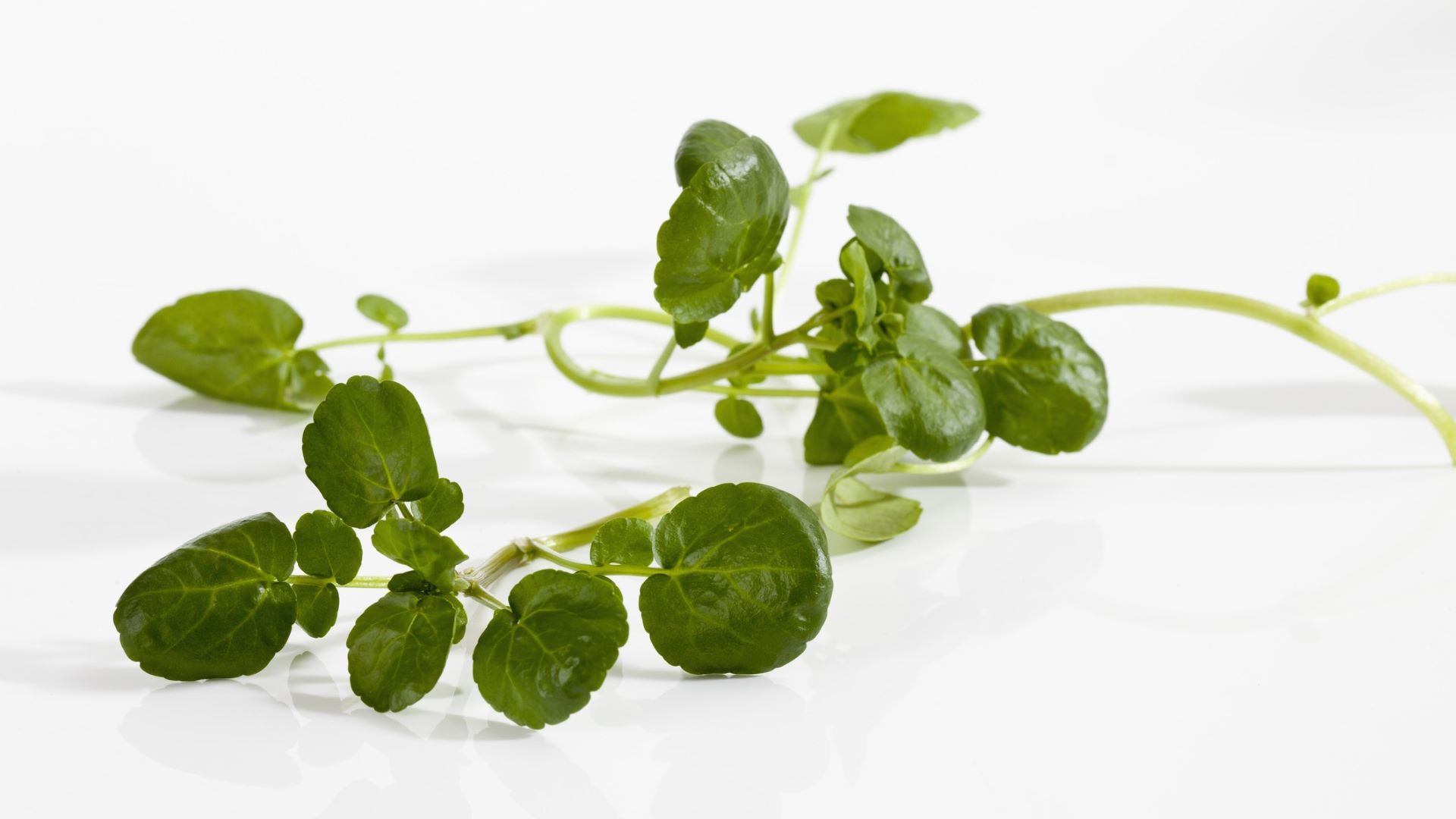
Watercress is something you can grow for your pet that you might enjoy in your own salads. This peppery green plant is delicious for humans and bearded dragons alike. Be sure to chop finely when serving for your pet.
5. Arugula
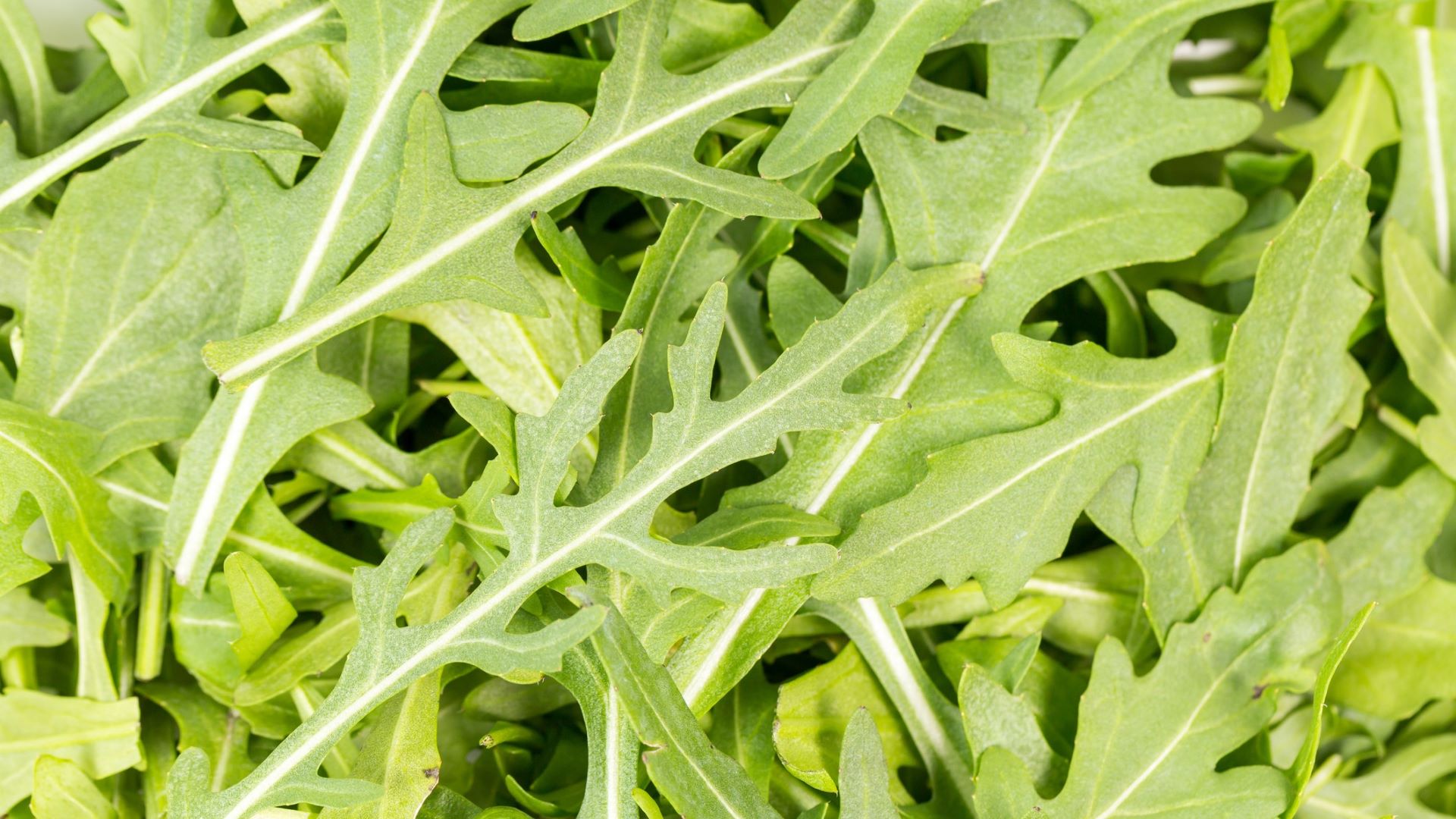
Arugula is another peppery plant beloved by humans and bearded dragons alike. However, be sure to feed this one in moderation, as it contains goiterogens, which can impact thyroid funtion in dragons.
6. Crickets
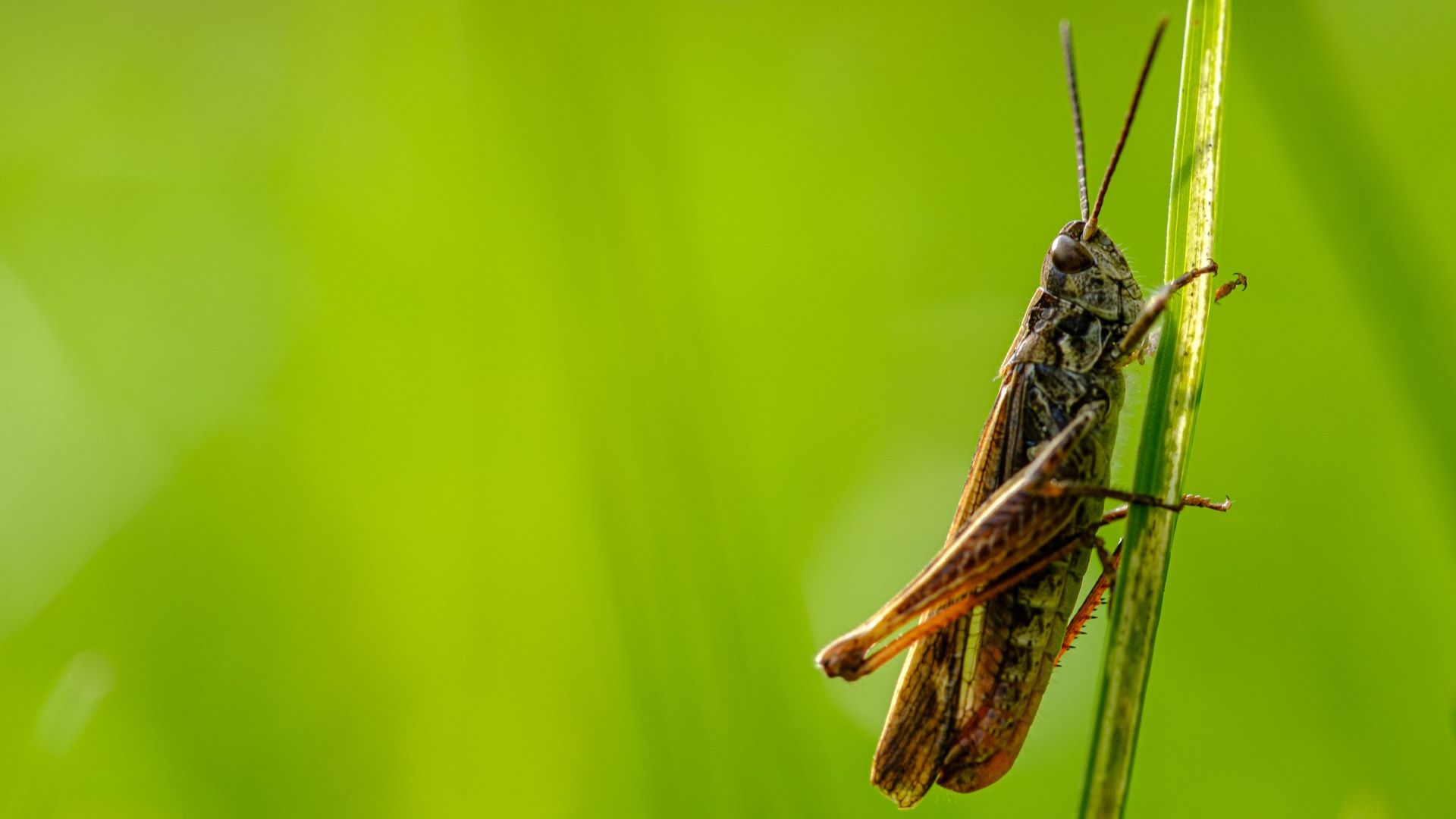
You can purchase crickets live, frozen, dried, or freeze-dried. For the enrichment live prey provides for your bearded dragon, we recommend feeding live crickets, but in a pinch dried or frozen will do. Ensure you thaw anything you feed your reptile as they are cold-blooded.
7. Butternut squash
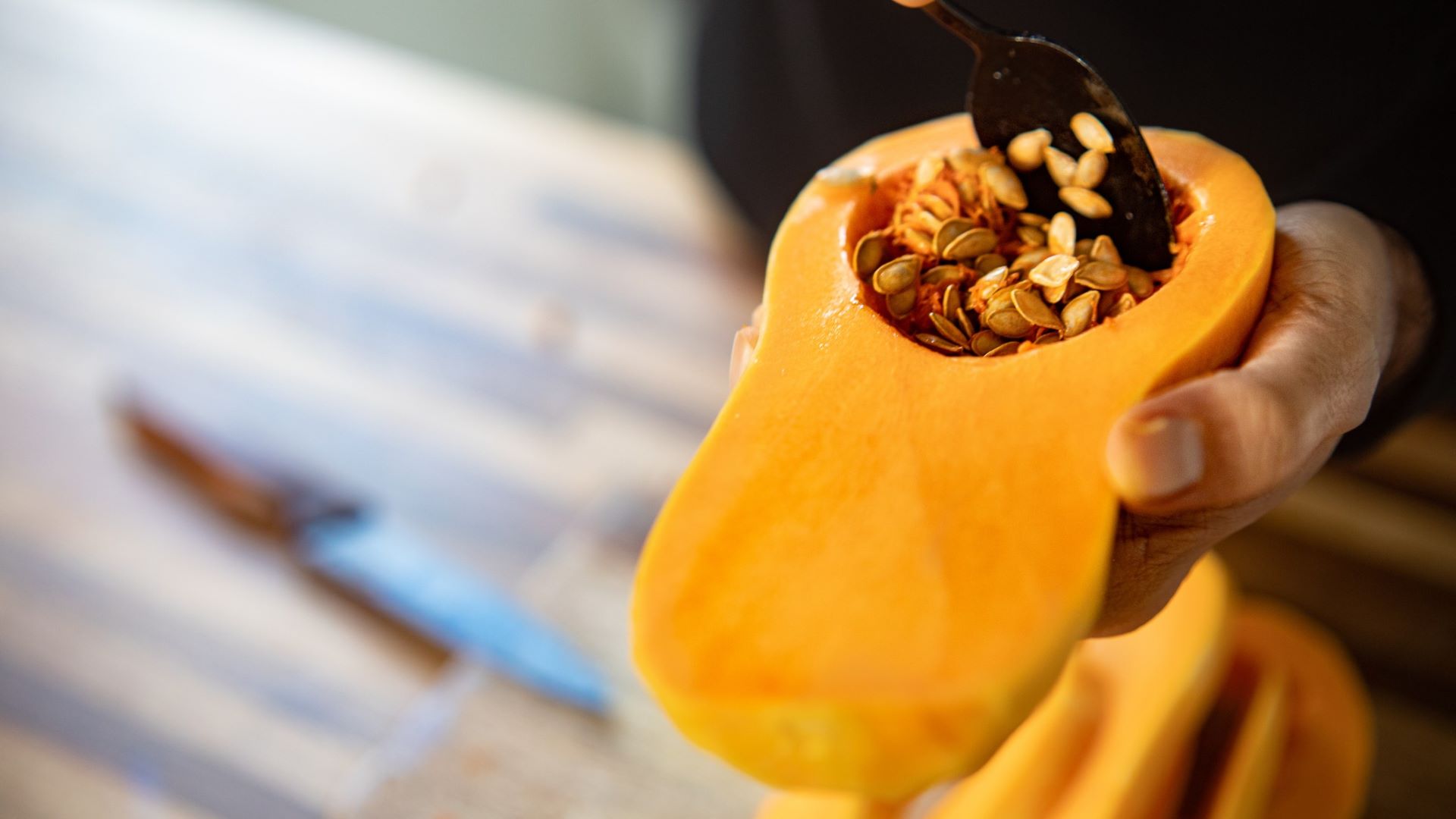
Bearded dragons love squash, and the most common variety you will find in the supermarket is butternut squash. Serve this cooked or raw, but make sure to chop it into dragon-bite-sized pieces.
8. Calciworms
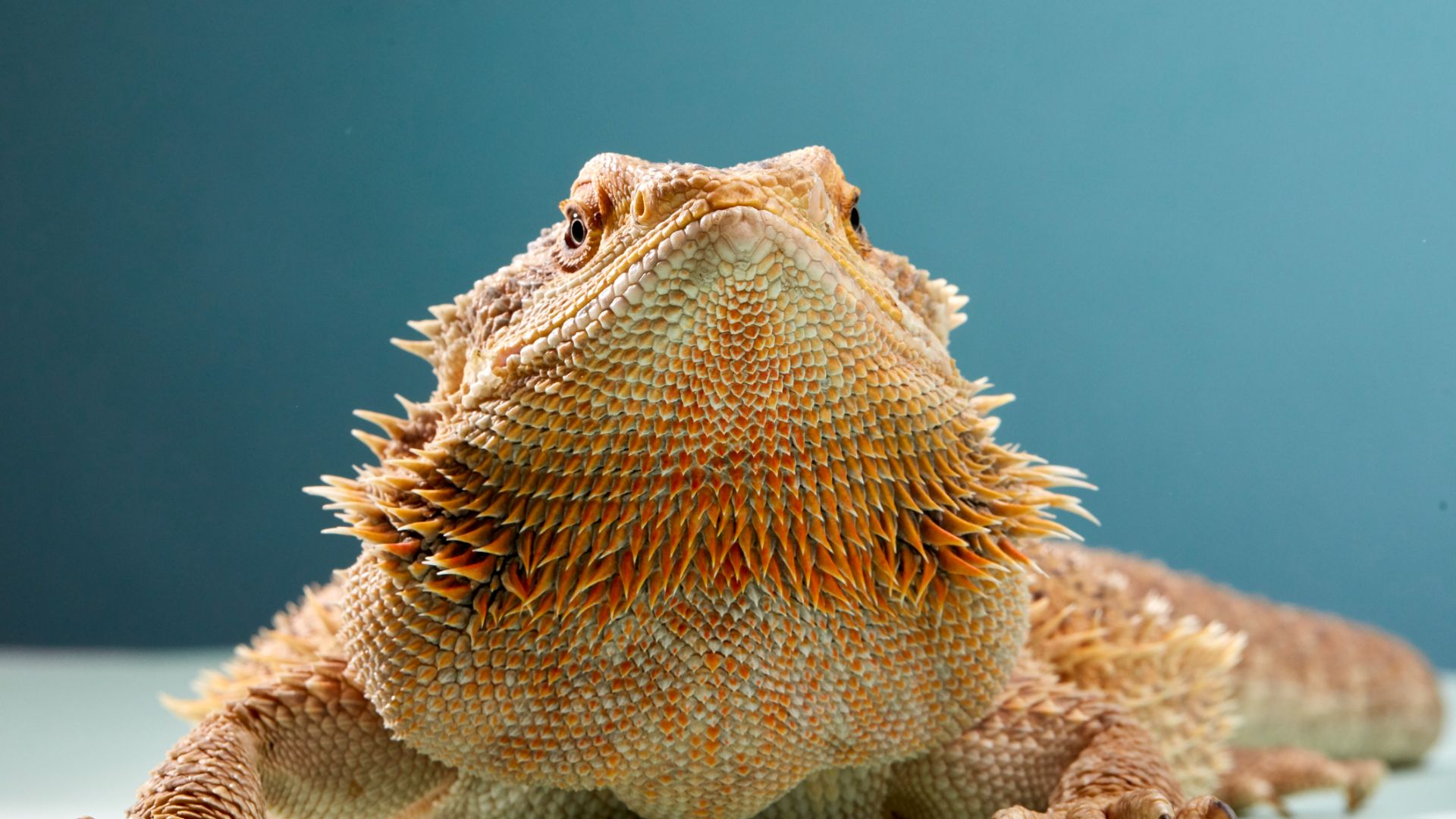
"Calciworms" offer a good source of calcium for your bearded dragon, making them a nutritionally rich feeding choice. These are black soldier fly larvae that can be fed live and stored in the fridge.
9. Mealworms
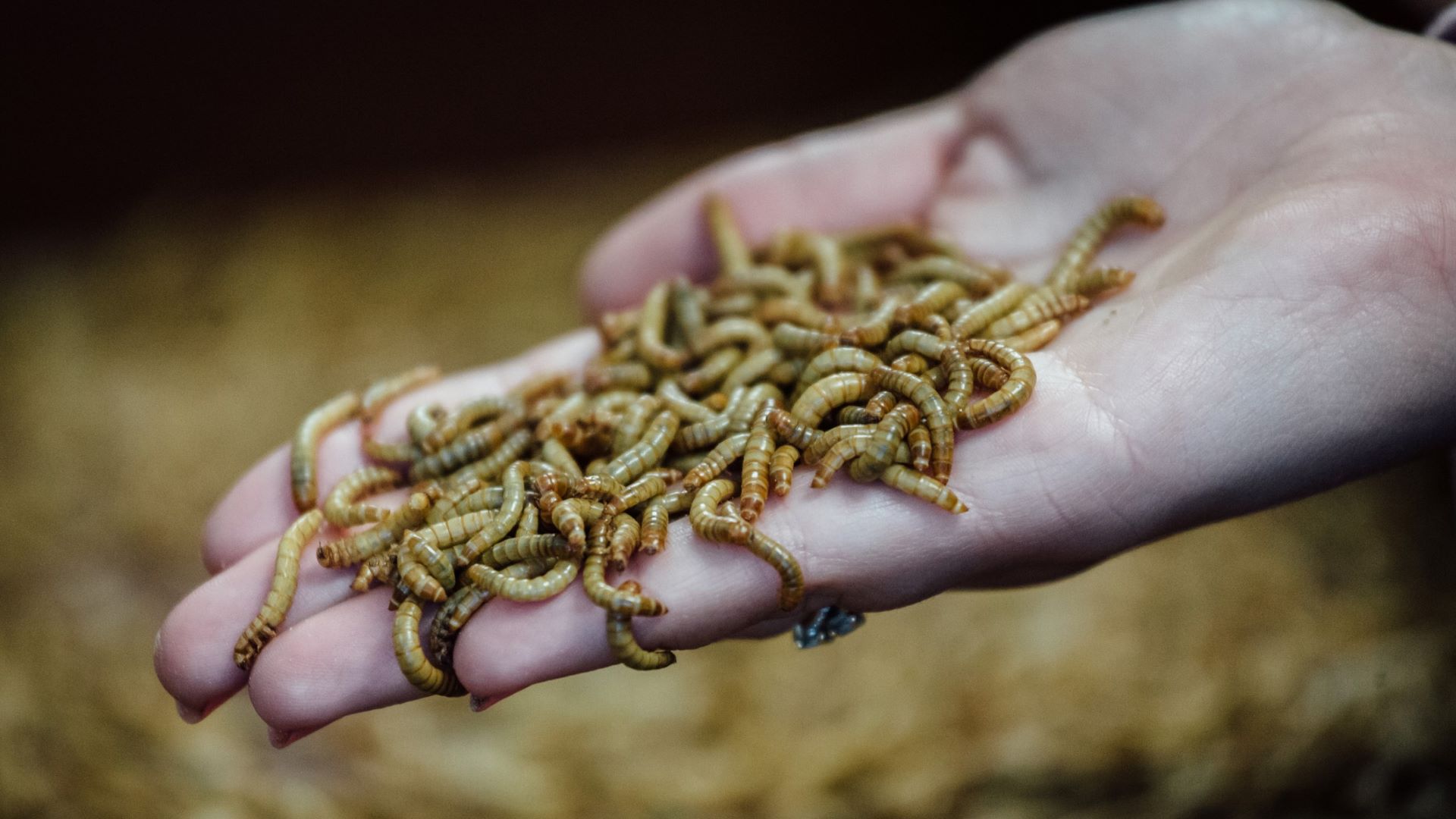
Mealworms are cheap, abundant, and easy to find in the pet store. You won't need to find a reptile specialist, as mealworms are a favorite of birds and fish as well as reptiles.
10. Kingworms
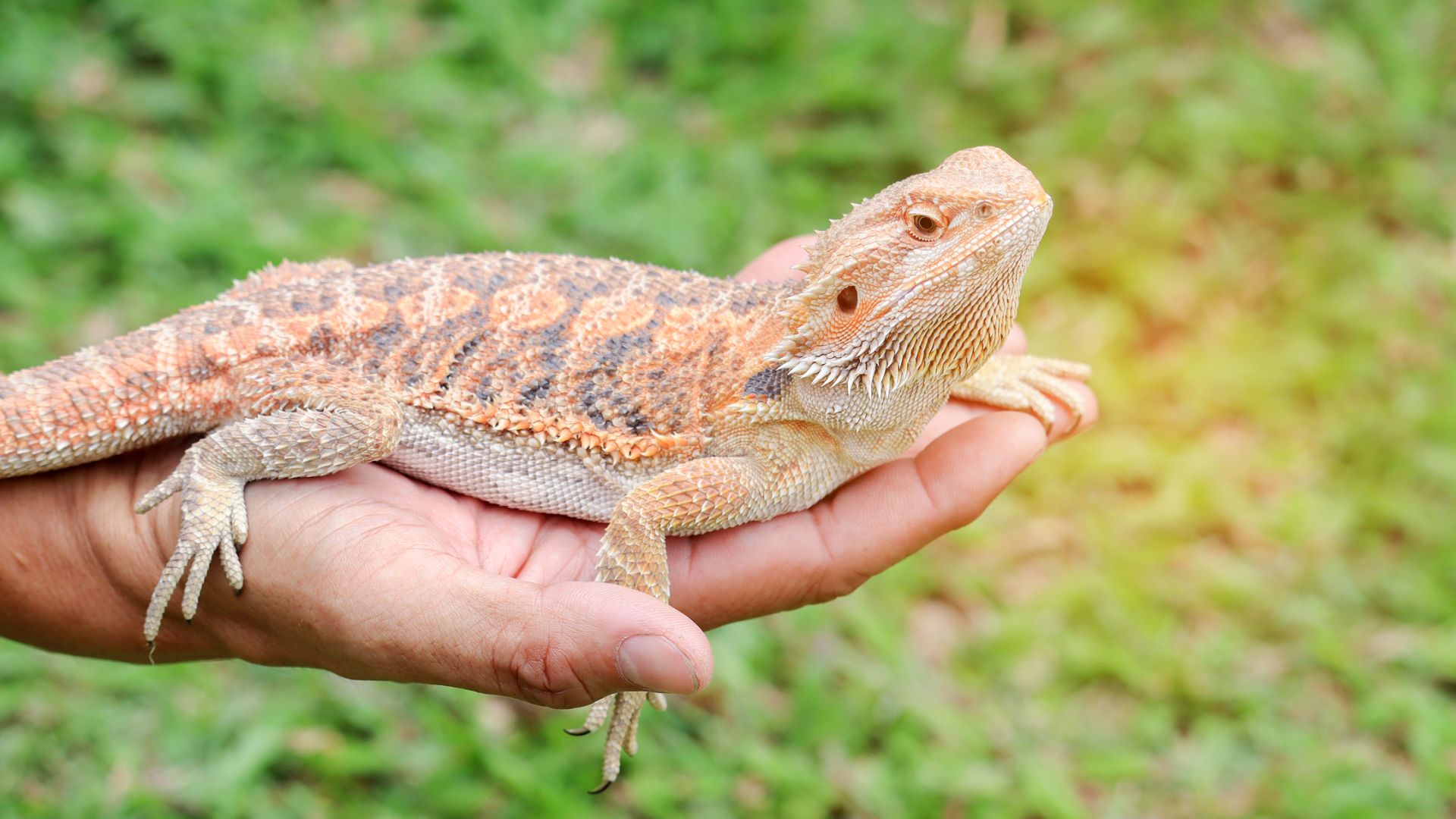
Kingworms are another live feed you can purchase for your bearded dragon. Retailers like Amazon sell these beetle larvae in bulk and they do not need refrigeration (this will kill them) to stay fresh. They will not pupate when in the company of other larvae, so store them together in a plastic container.
11. Butterworms
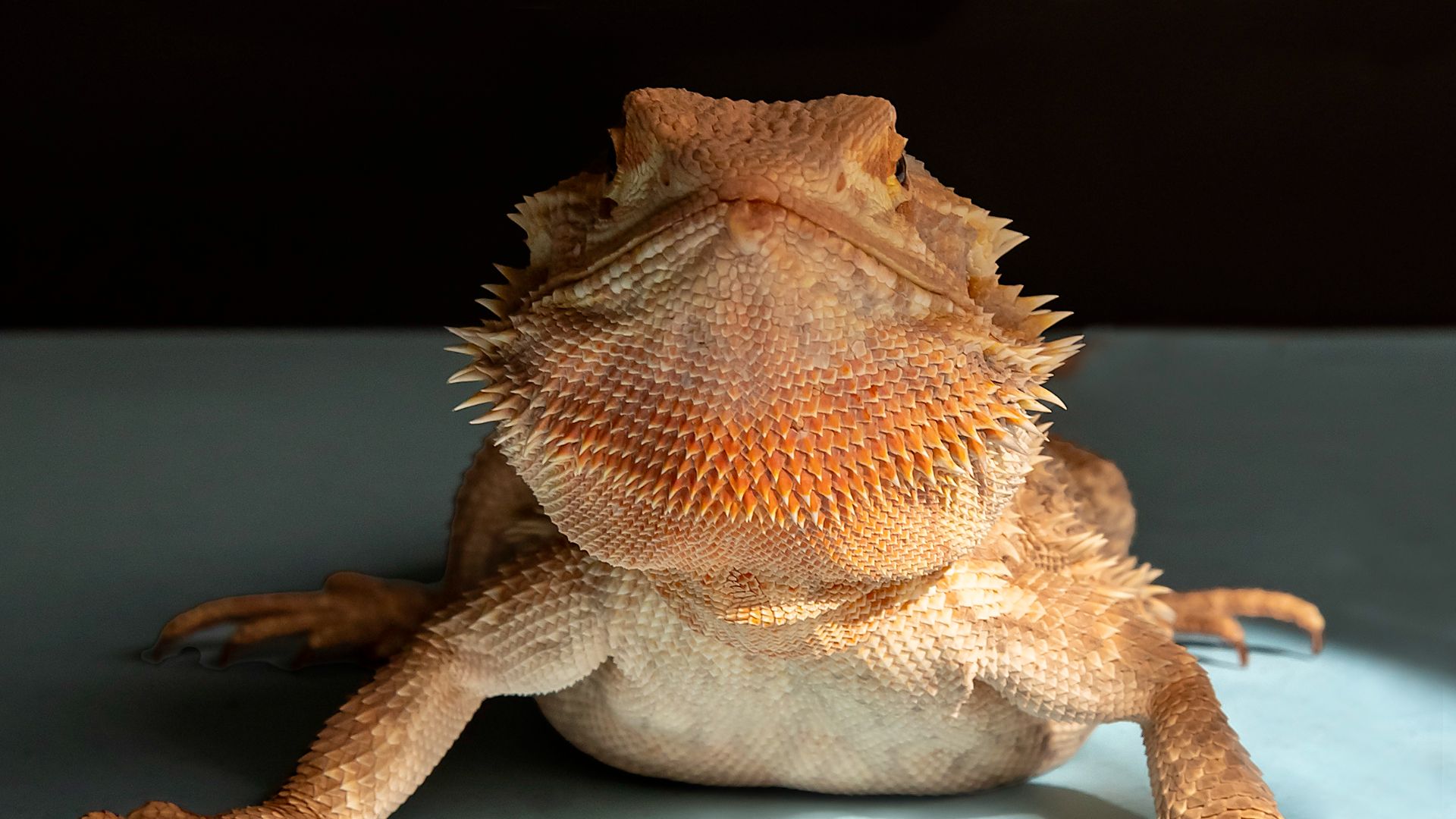
Butterworms are the larvae of the Chilean moth, also known as Tebo worms. They make a great treat for your bearded dragon and will go to sleep when stored in the fridge, reactivating when brought back to room temperature so your pet can have them.
12. Silkworms

You can buy silkworms dried or fresh. They are soft-bodied making them easy for your bearded dragon to chew and are a great source of protein and polyunsaturated fats.
13. Cockroaches
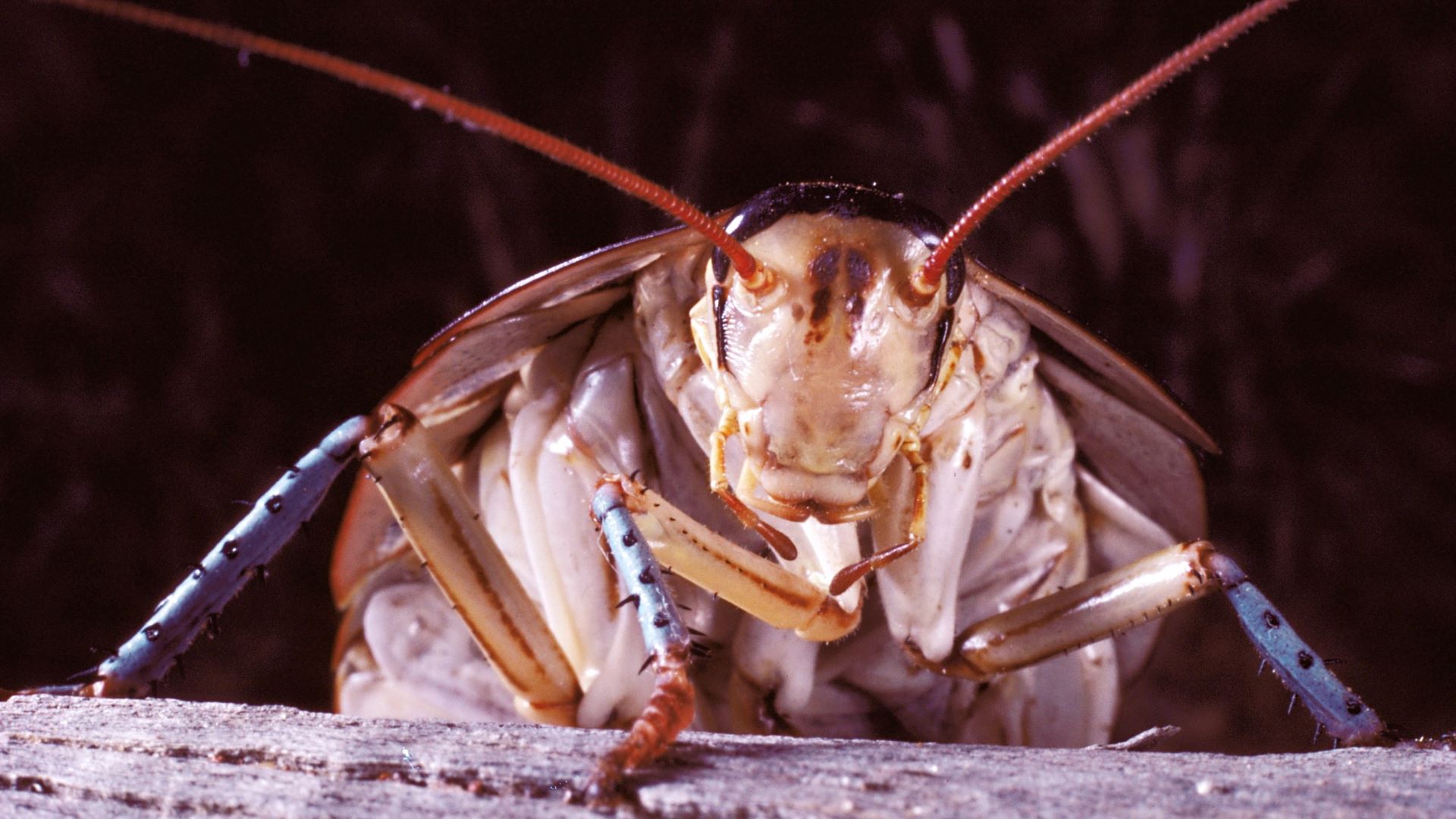
As a seasoned reptile keeper, you may decide to breed cockroaches yourself. Dubia roaches are good for this, as they require high temperatures and humidity in order to breed so they won't infest your home if they escape. Females give birth to about 25 nymphs every 65 days, which will take three to four months to reach maturity. They are fast-moving, so enriching for your bearded dragon to hunt.
14. Hornworms
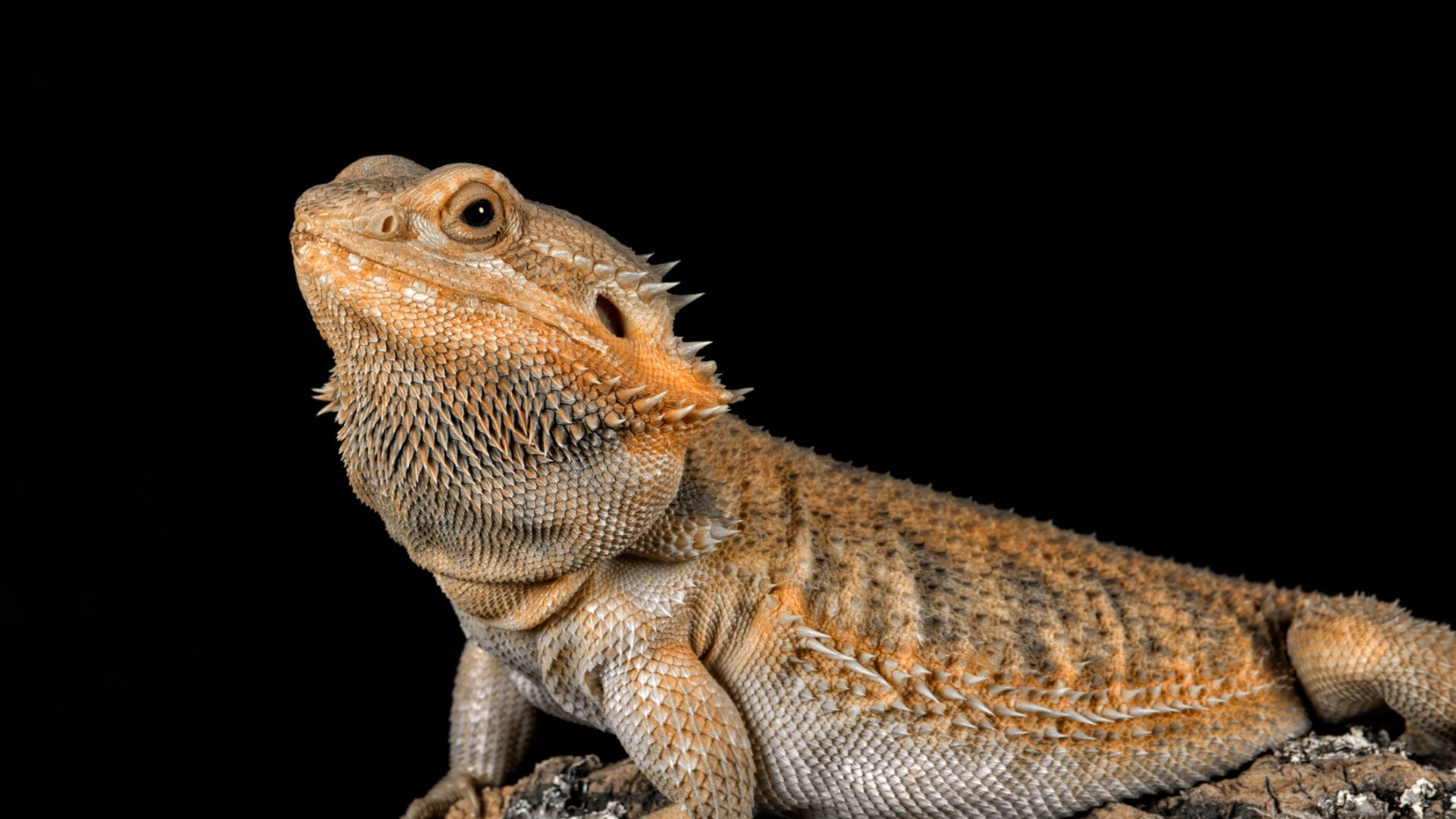
The bane of every gardener's life, tomato hornworms are destructive, but delicious if you're a bearded dragon. If you grow plants from the nightshade family such as tomatoes, peppers, or potatoes, you are likely to encounter a hornworm at some point. Thankfully, you can pluck them off your plants and feed them to your bearded dragon (so long as you don't use pesticides).
15. Asparagus
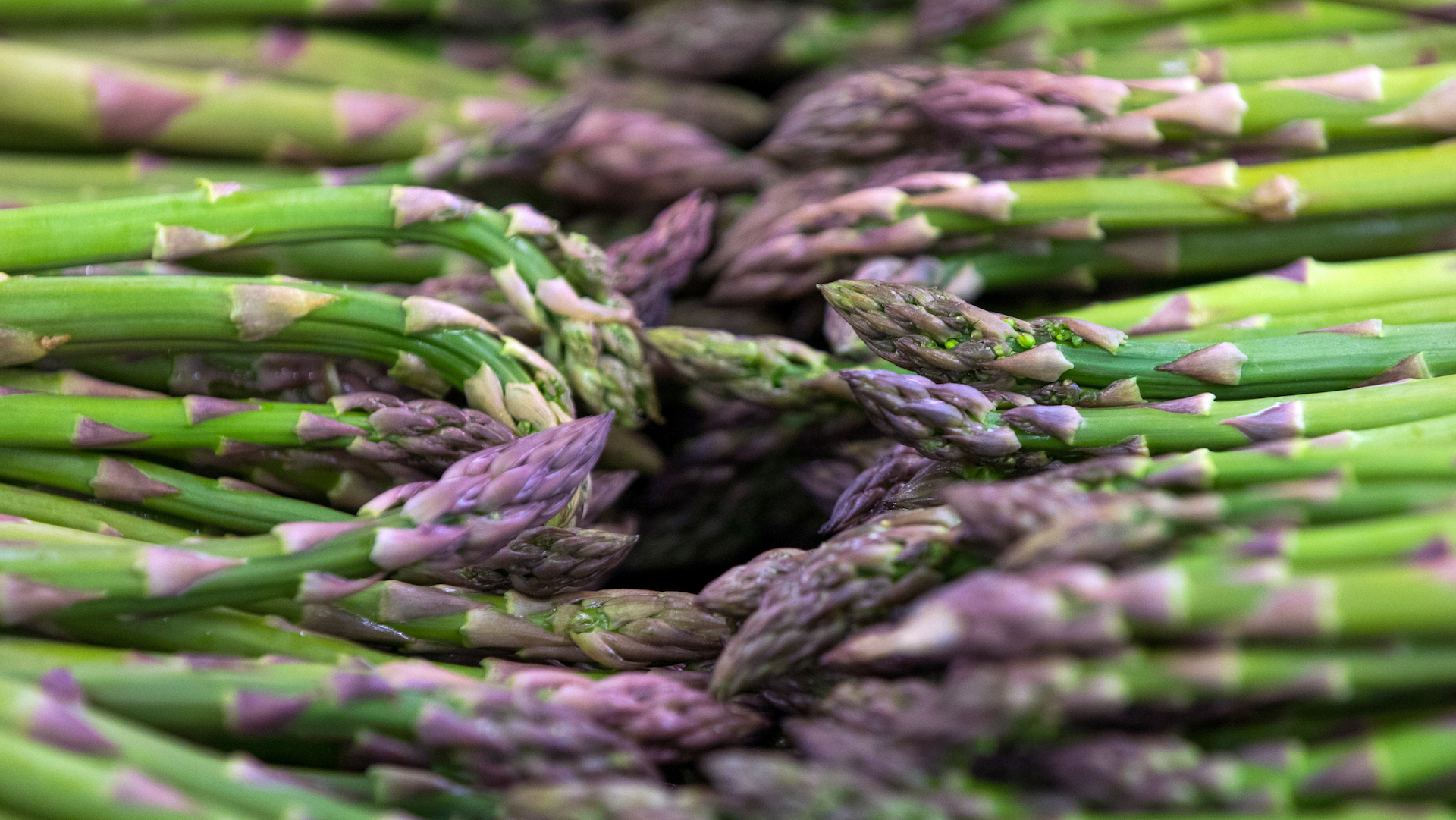
Raw asparagus is great for bearded dragons and something they can eat daily. You can also cook the asparagus, as this reduces the amount of oxalates, although it is generally thought to be better to raw feed them.
16. Peeled cucumber
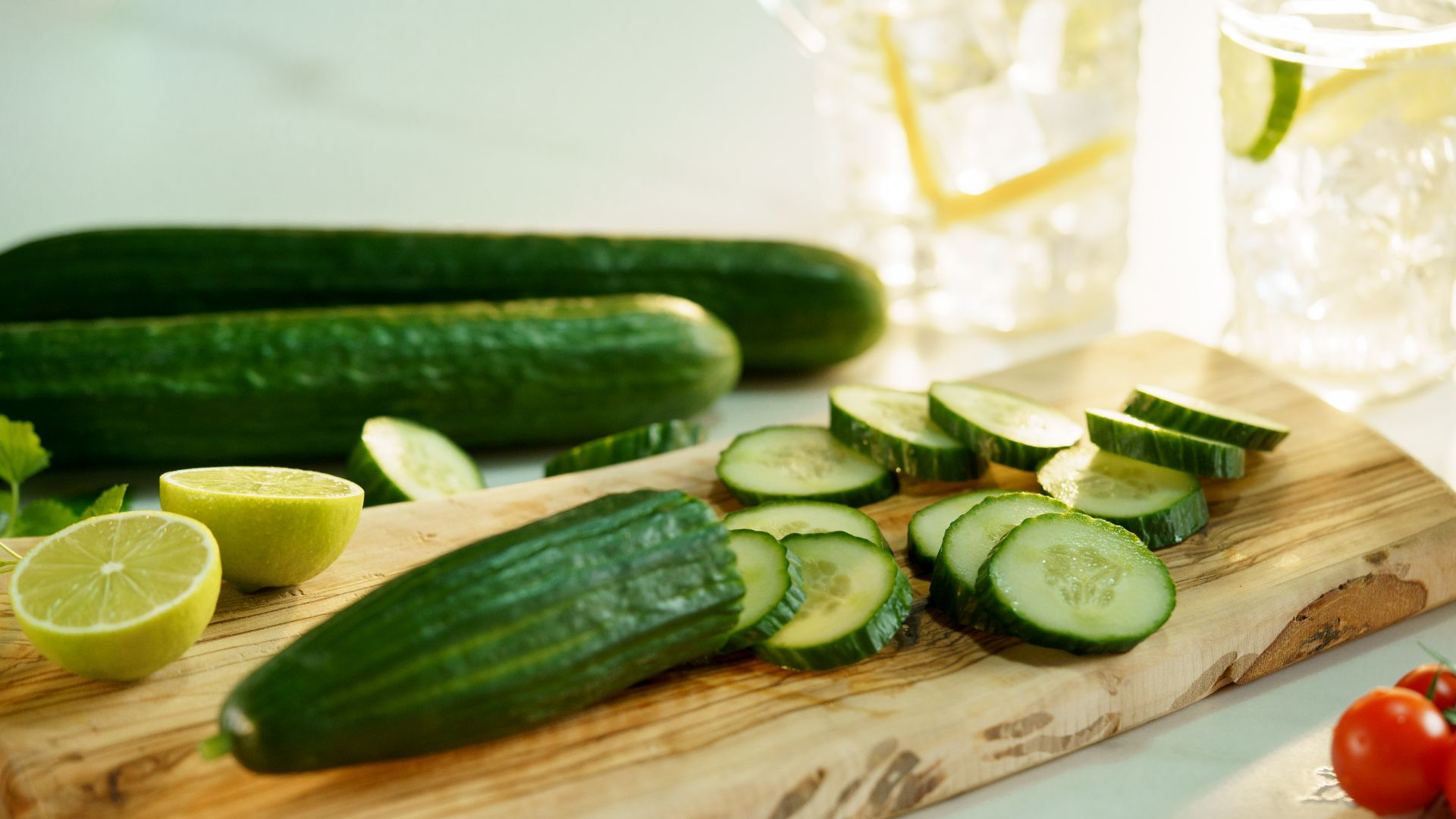
Cucumber skin is difficult for bearded dragons to digest, but if you peel them before serving, they can make a nice snack for your pet. The high water content means they can fill up your bearded dragon's stomach without giving them much nutritional benefit.
17. Celery
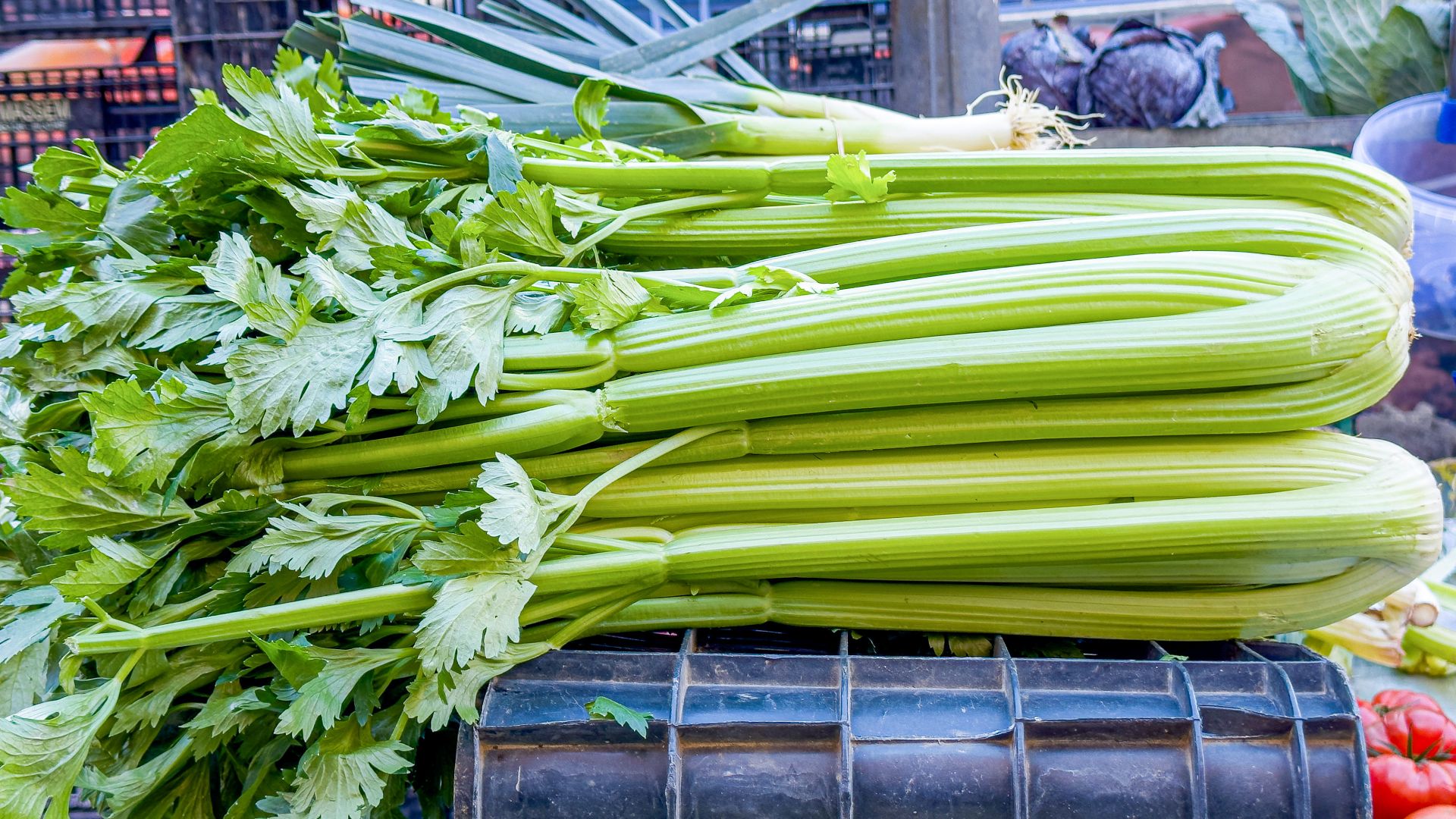
Bearded dragons enjoy celery, but must only have this in moderation, as the oxalate content is high, which can lead to kidney problems. Similar to cucumber, the high water content means celery can fill your pet up without serving them much by way of nutritional content.
18. Zucchini
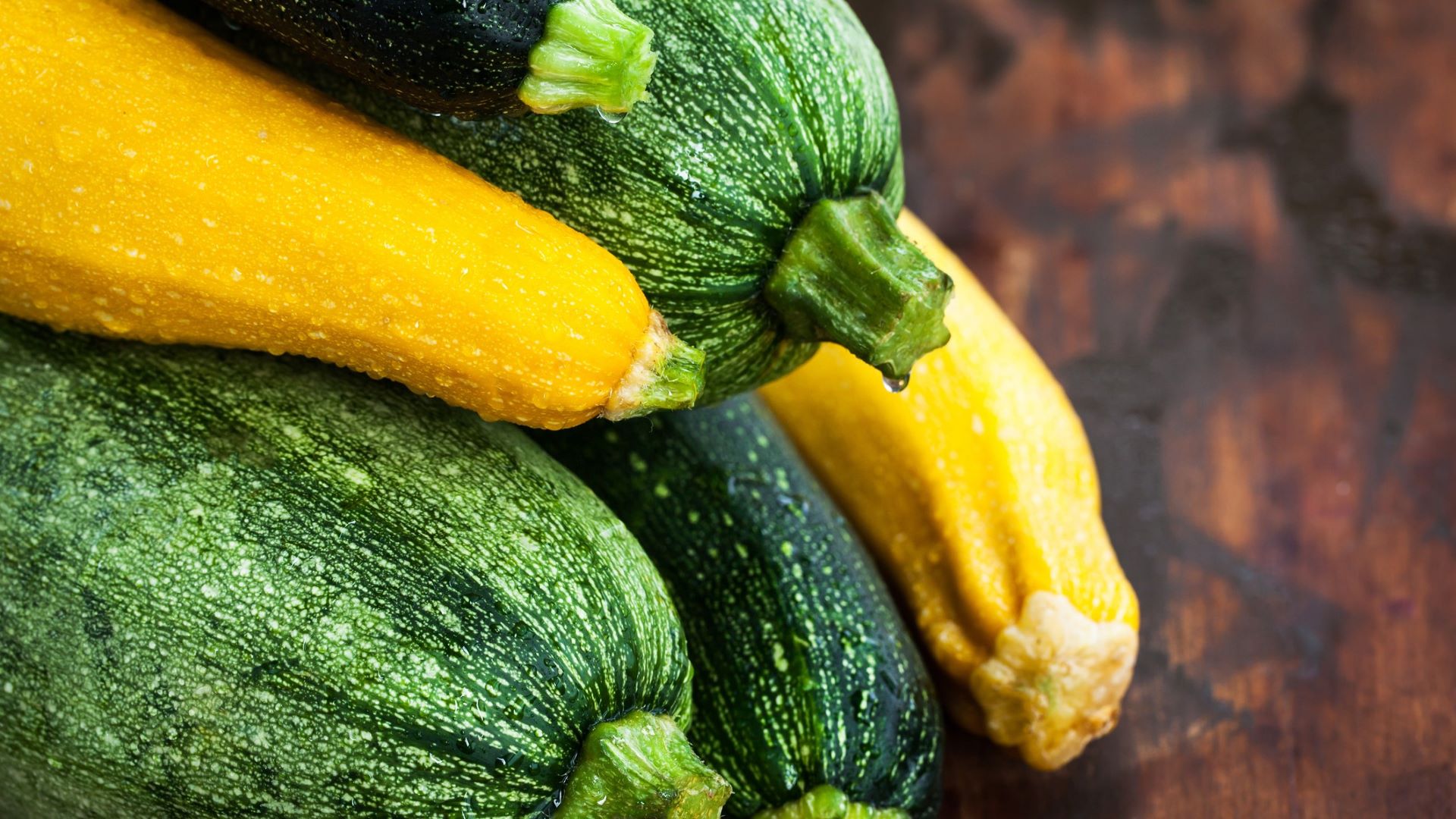
As with cucumber and celery, zucchini can be fed to your bearded dragon raw, and in moderation. Serve in a salad with other nutritious fruits and vegetables.
19. Okra
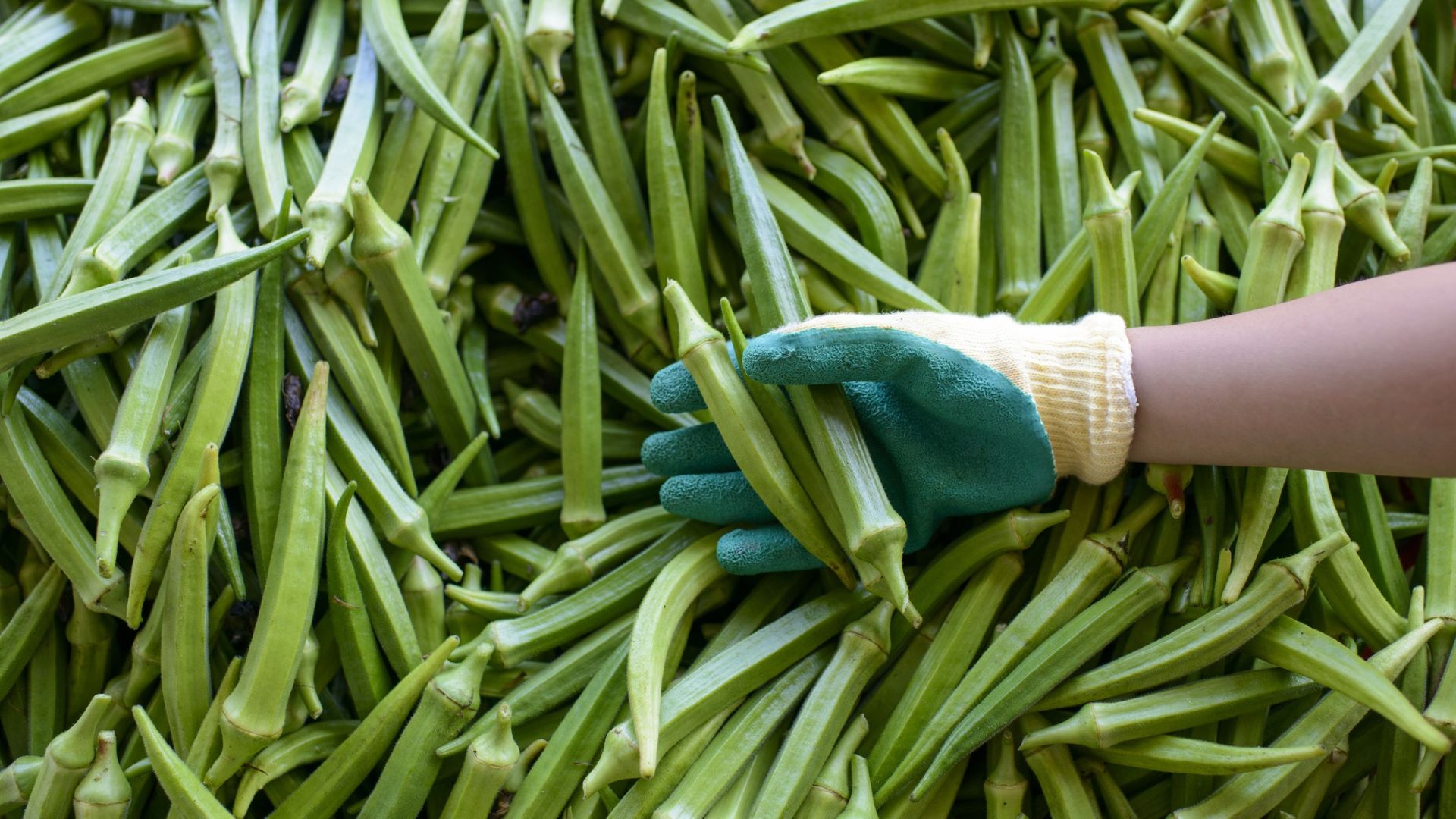
Okra is a chewy vegetable, but bearded dragons have strong jaws and usually will have no issue chewing it. Chop it up small to make it easier for your pet to consume.
20. Bell peppers
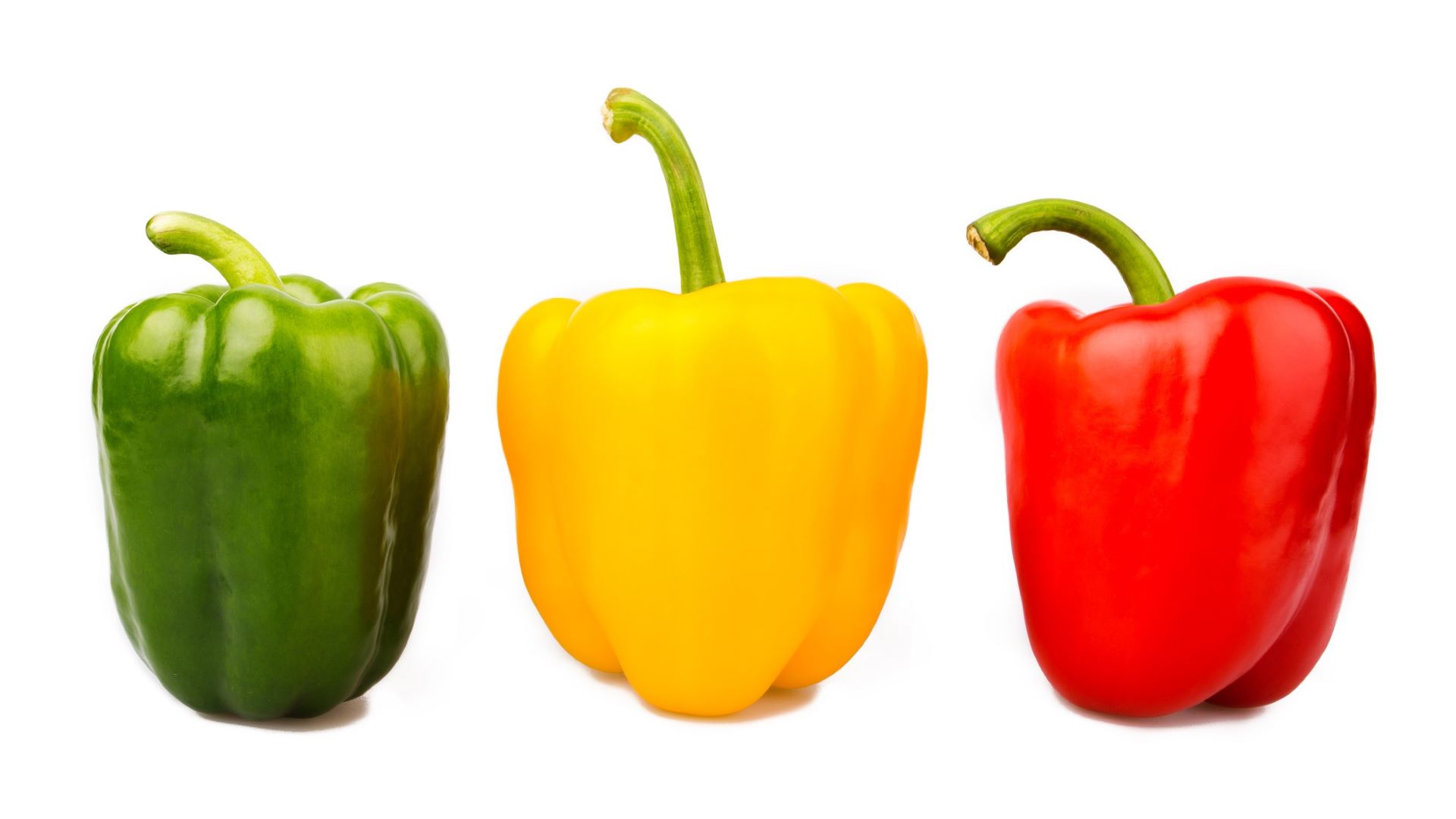
Bell peppers can be served to your bearded dragon a few times a month, but the high oxalate content means they are unsuitable for daily feeding. Green and yellow are better than red peppers.
21. Cabbage
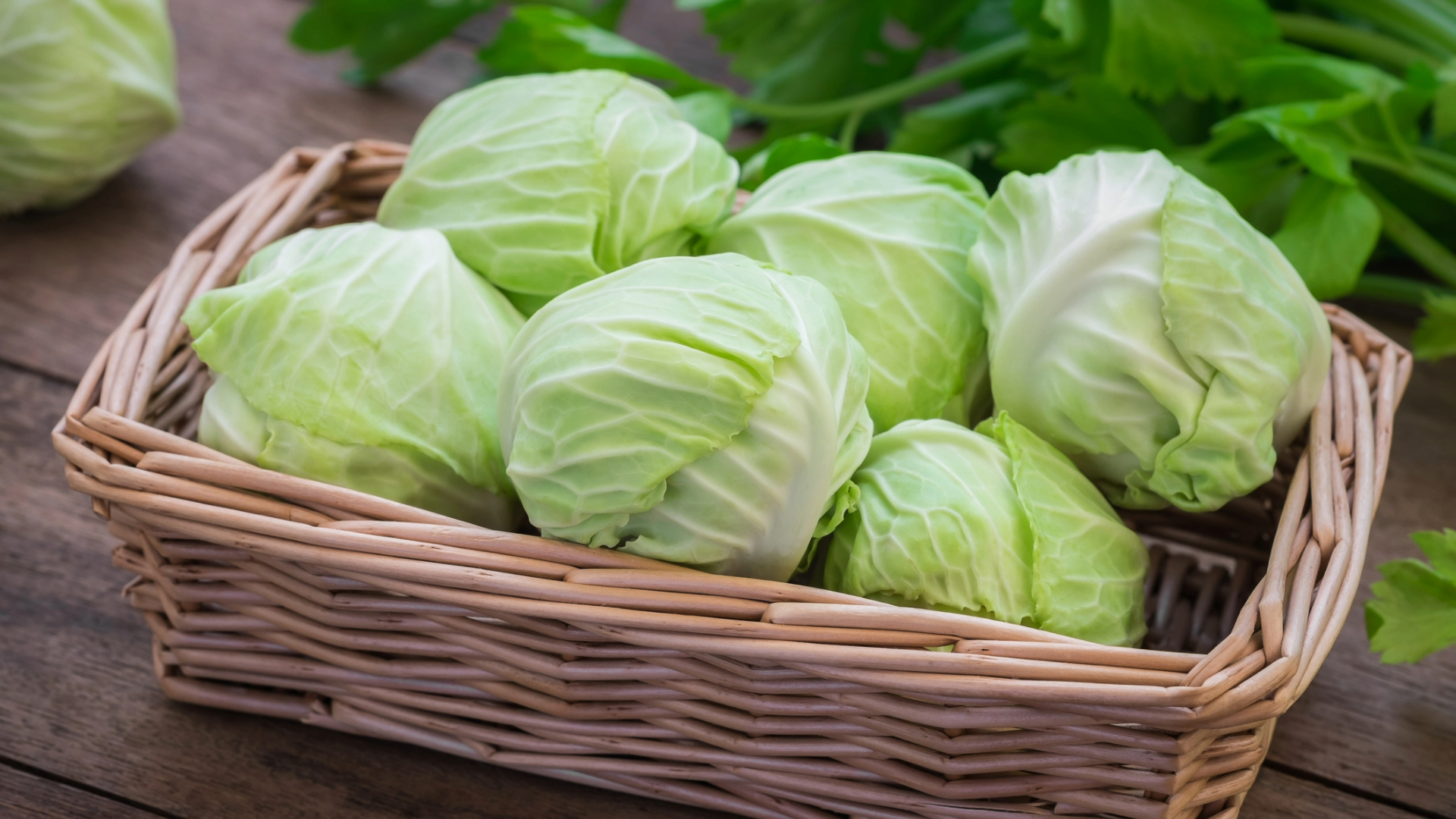
Your bearded dragon can have a small amount of cabbage once a week. Go for the outer leaves over the harder inner core of the cabbage when preparing a meal for your pet, as this will be easier for them to digest.
22. Chicory
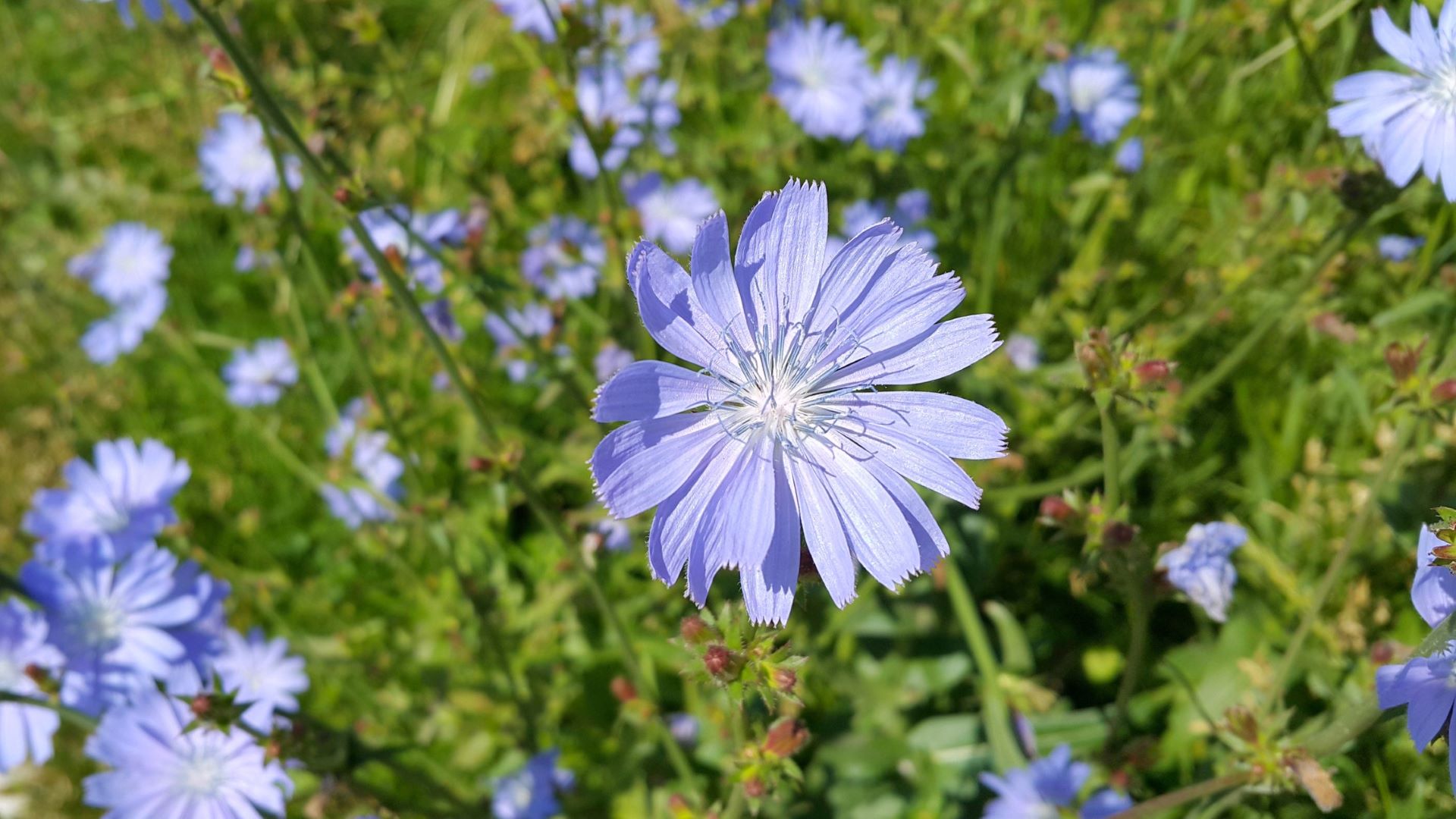
Chicory is a beautiful plant that grows vigorously without much tending. This makes it a great option to grow in a pot and add to your bearded dragon's salads. You can also wild forage it if you are confident in your skills of identification.
23. Apples
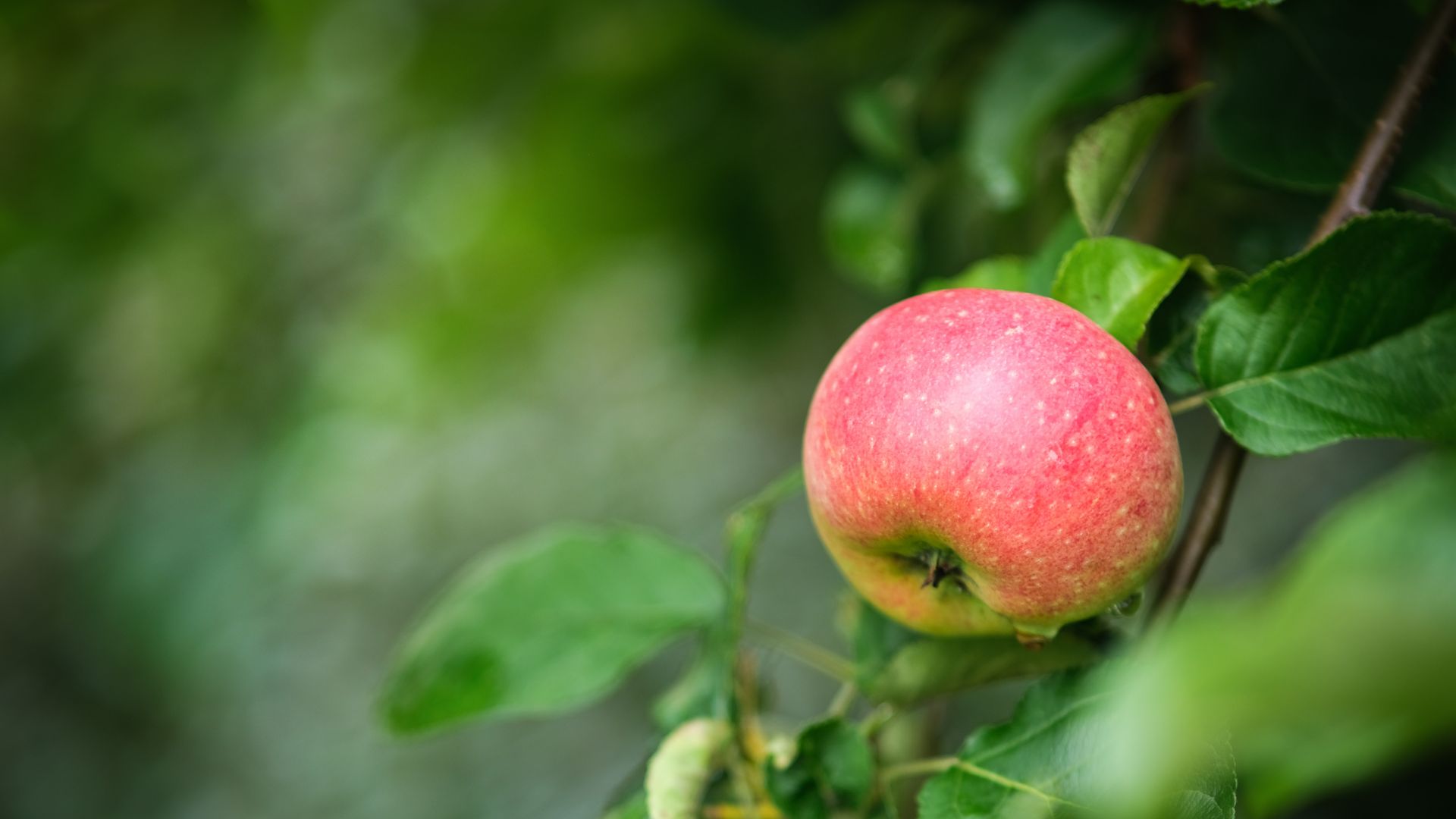
Small slices of peeled apple are likely to go down a treat with your bearded dragon. They shouldn't have fruit every day, as it has a high sugar content that can be unhealthy for them, but in moderation can add variety to your pet's diet.
24. Berries
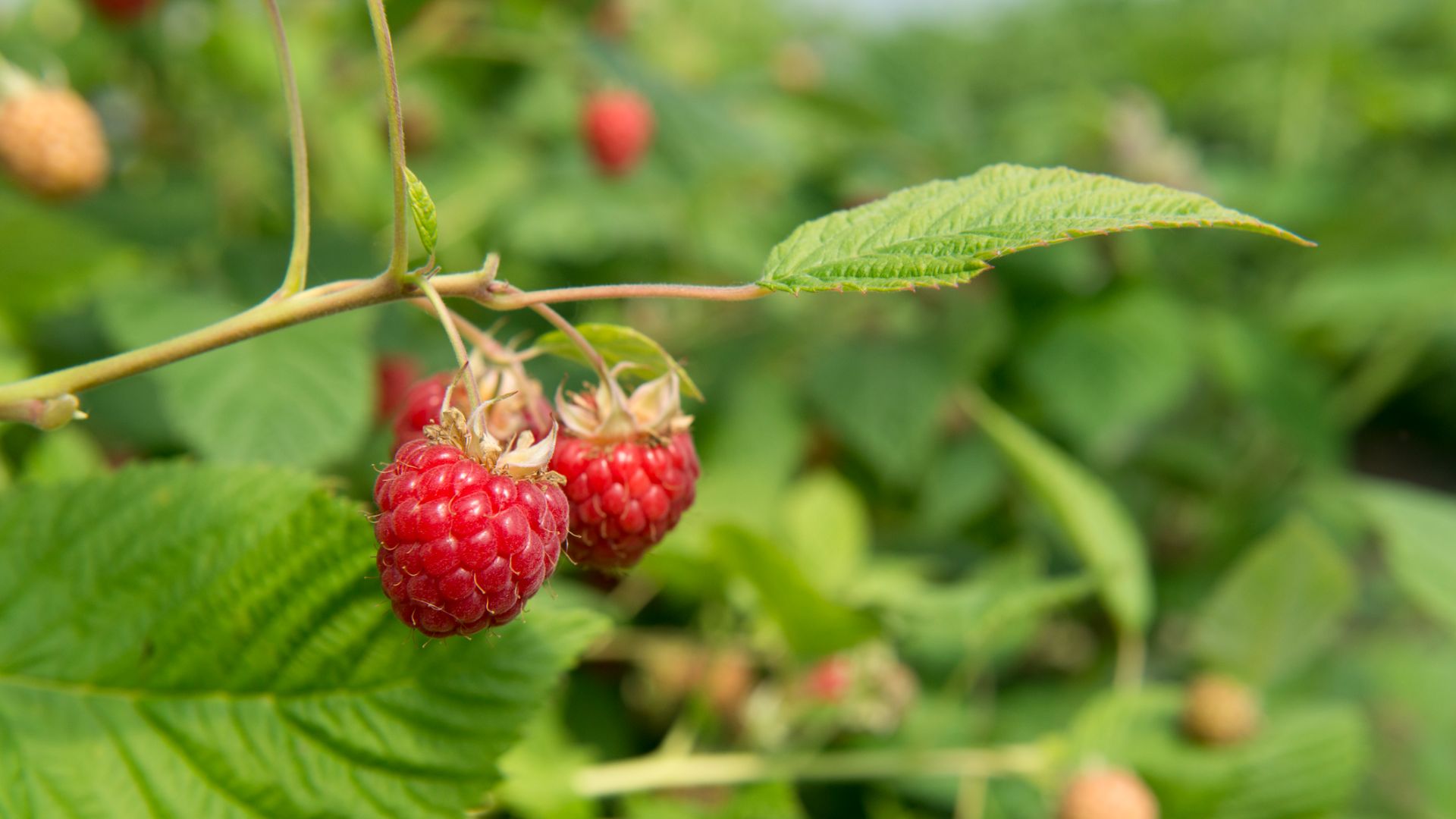
In moderation, your bearded dragon will enjoy berries such as strawberries, blueberries, raspberries, and blackberries. Too much can cause obesity and digestive issues, so be sure to keep an eye on your pet's stools when they've had fruit and adjust accordingly.
25. Mango
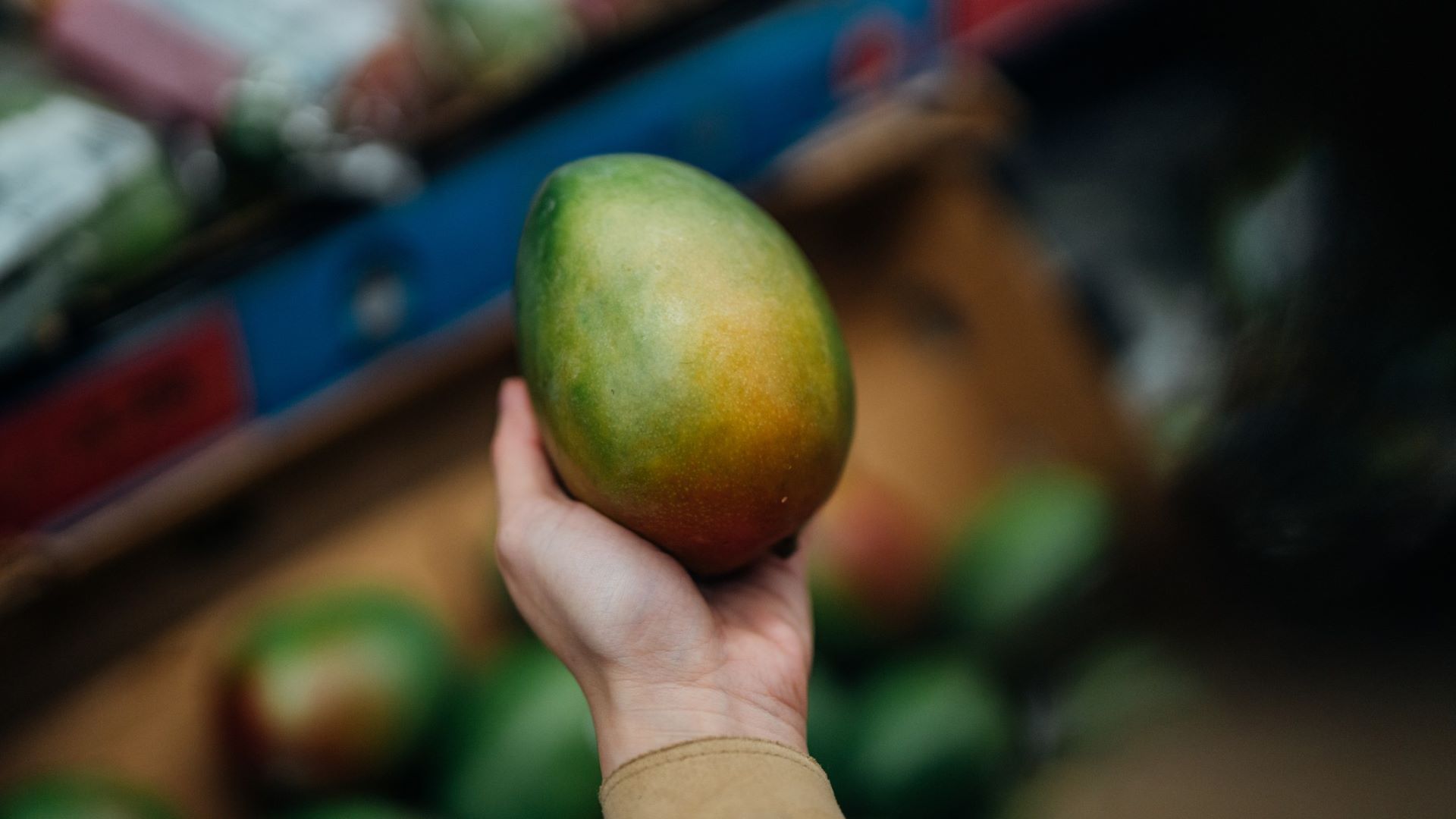
Mango should be a rare treat, but your dragon is likely to enjoy the soft, sweet fruit. It is a good source of vitamins, but high in calories, so exercise moderation when feeding to your pet.
26. Papaya
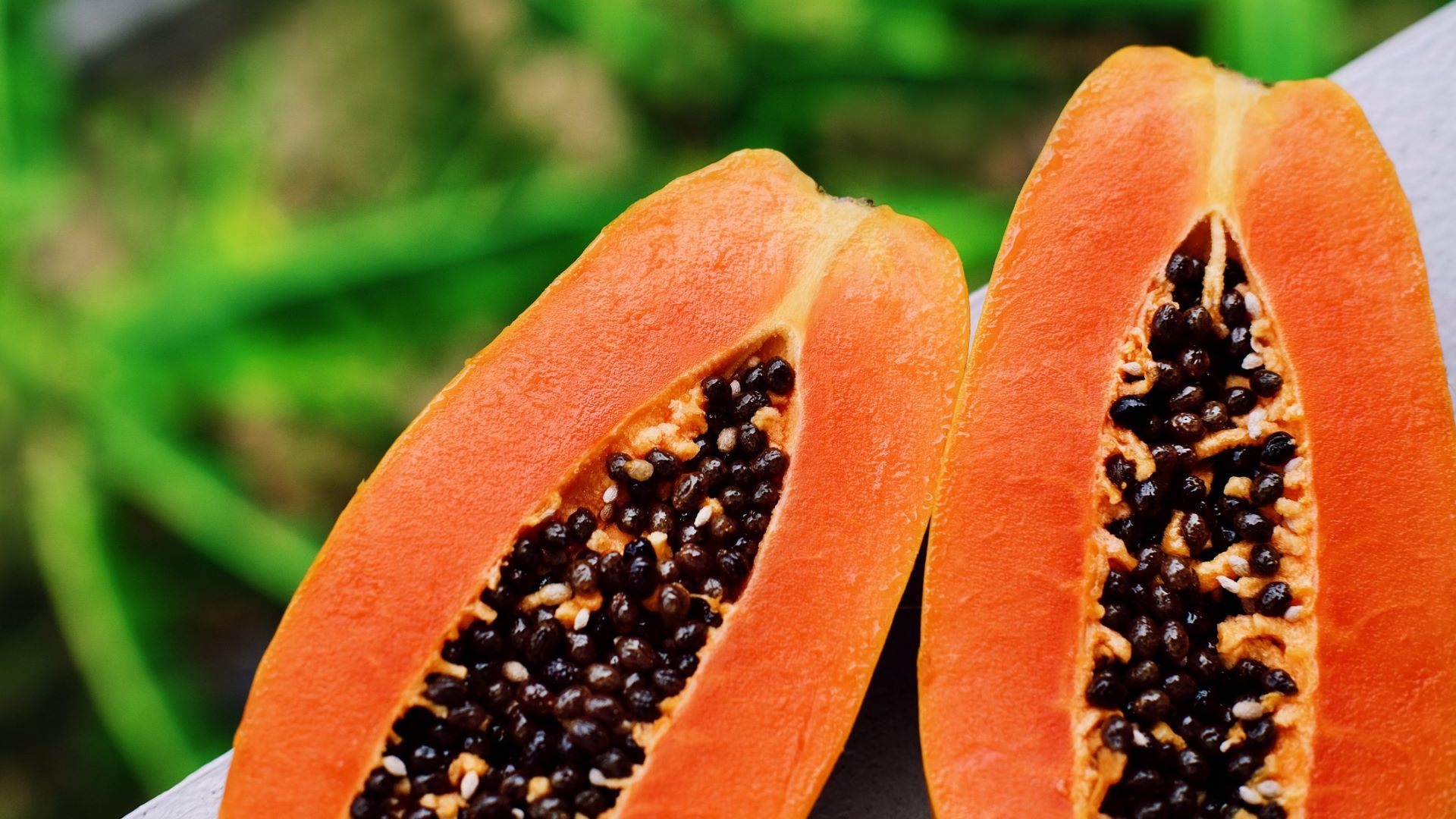
Papaya is safe for bearded dragons, but again, the high sugar content means it should not be a daily food. Fruit should make up no more than 5% of a bearded dragon's diet.
27. Raisins
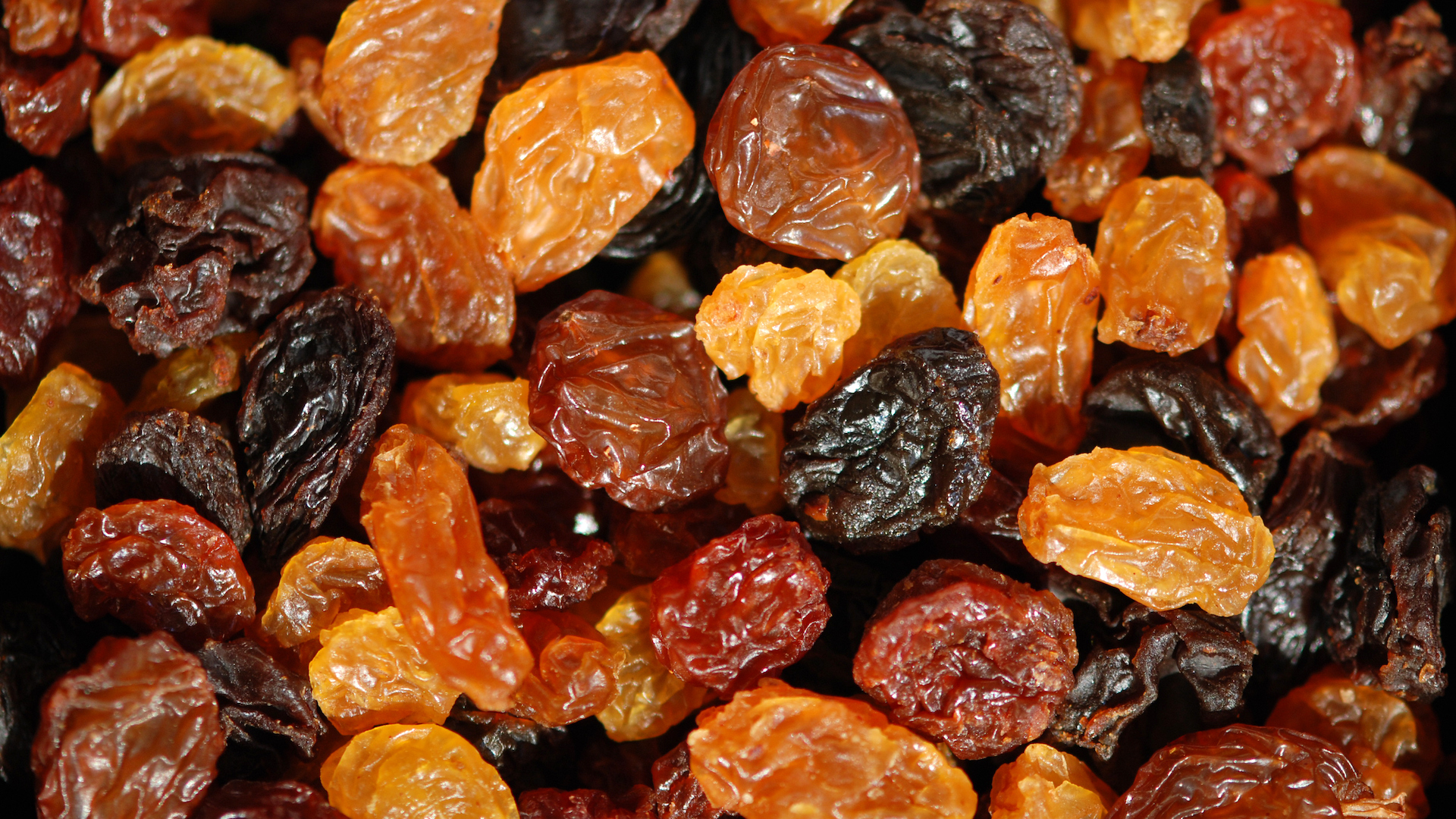
Bearded dragons can eat raisins — but that doesn't mean they should. Unlike with other pets, you don't need to panic if your bearded dragon accidentally consumes a raisin, as it isn't toxic for them, but avoid deliberately feeding high-sugar dried fruit.
28. Prunes
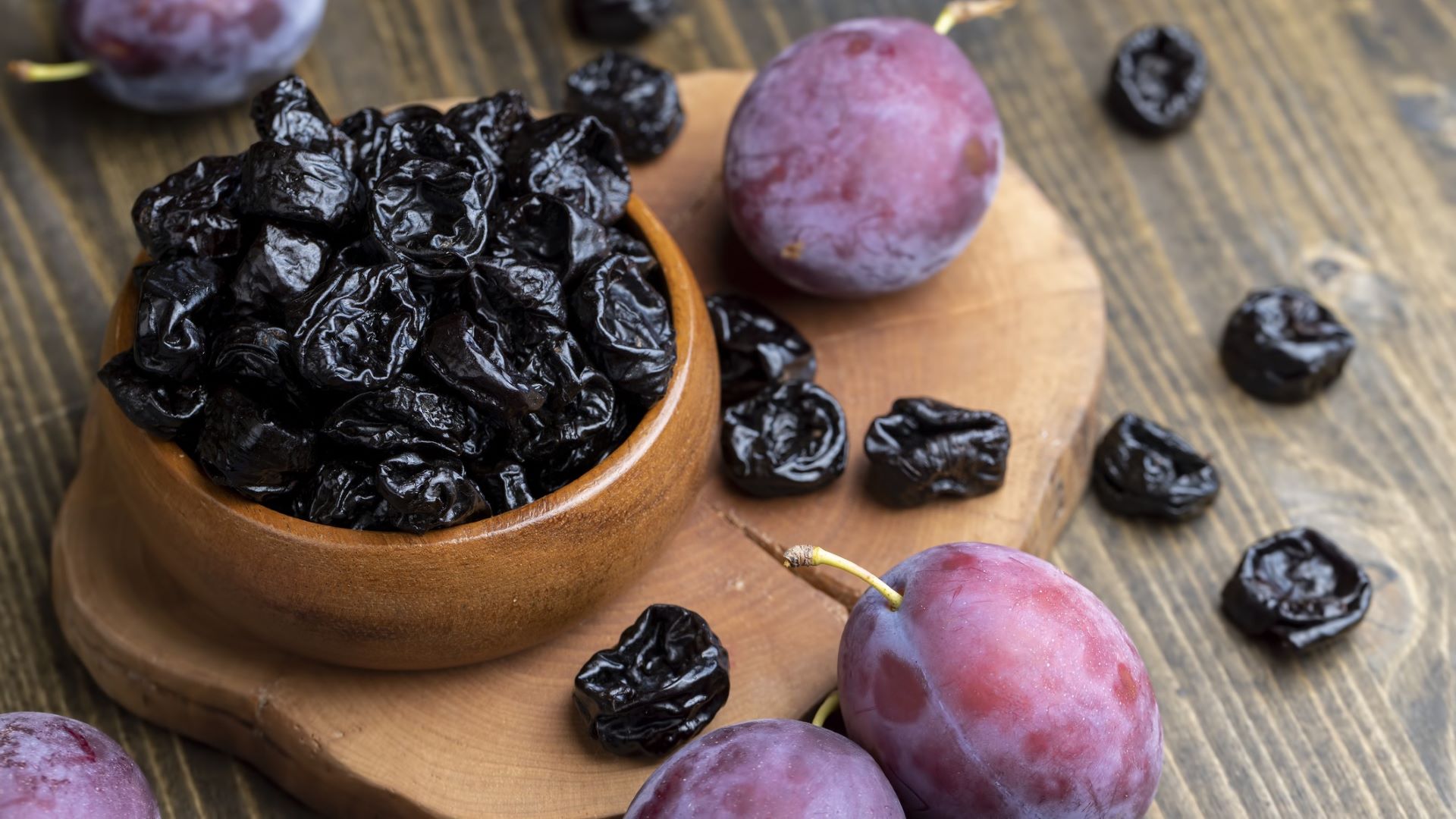
Prunes can be a great natural remedy for constipation. If your beardy is struggling to pass stool, adding small amounts of prune to their food may help move things along.
29. Pears
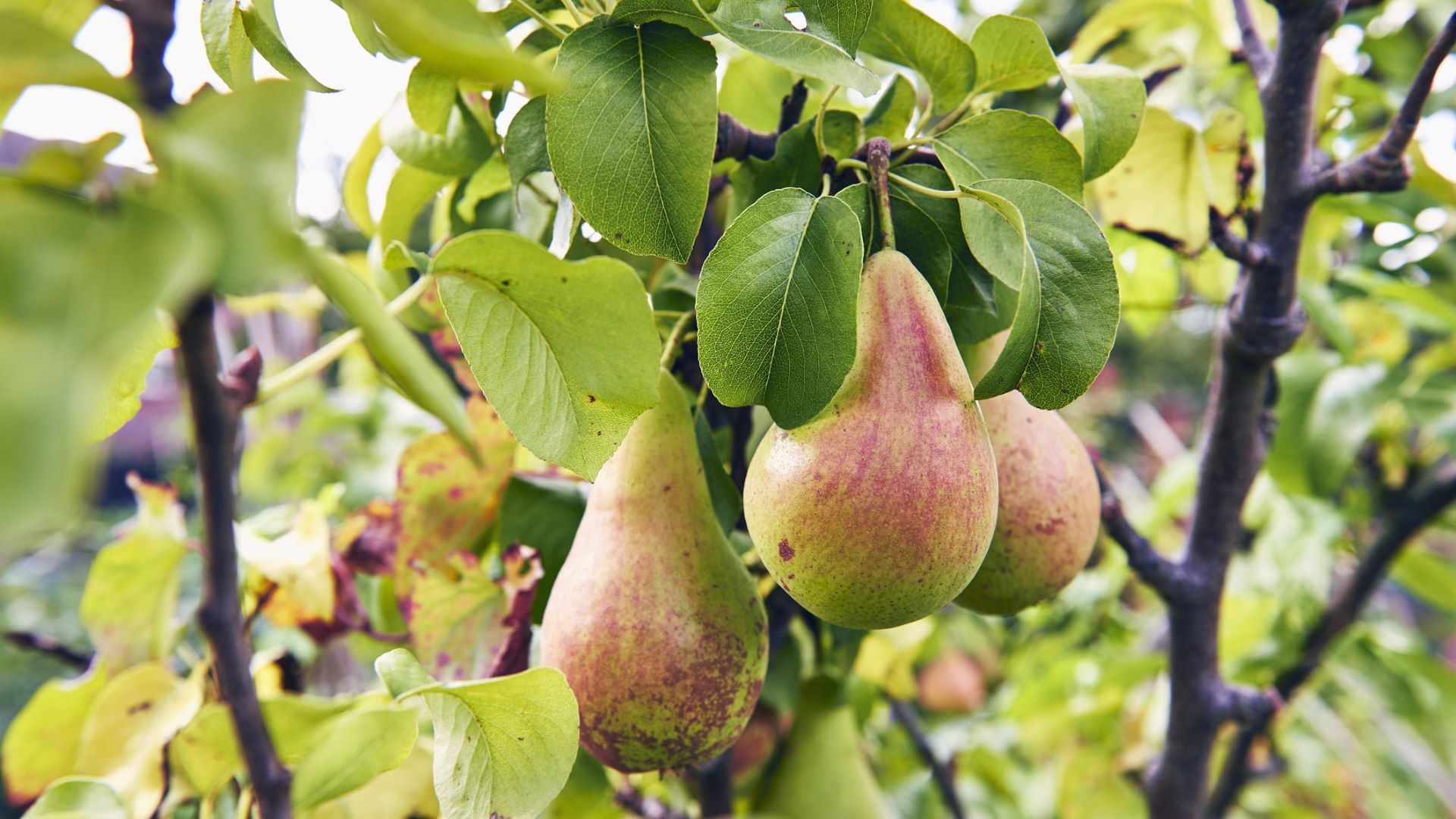
Pears can make a good occasional treat for your bearded dragon, but they are high in sugar and oxalates, making them unsuitable as a daily treat.
30. Watermelon
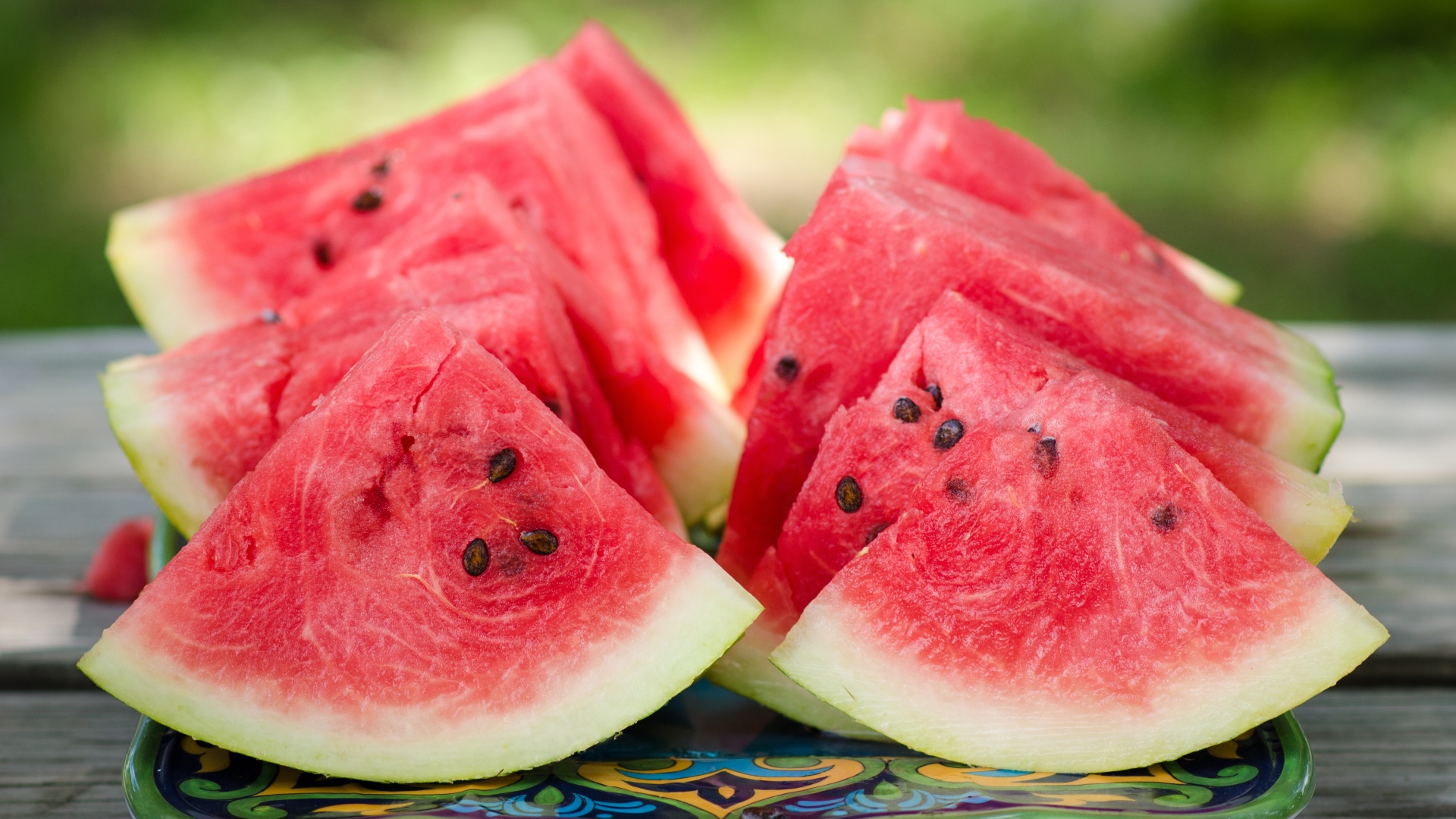
Your dragon is likely to enjoy a small piece of watermelon, but ensure you feed in moderation and only the pink fleshy parts, as the rind is difficult for them to chew and can cause digestive problems. Remove seeds before serving.
31. Plums
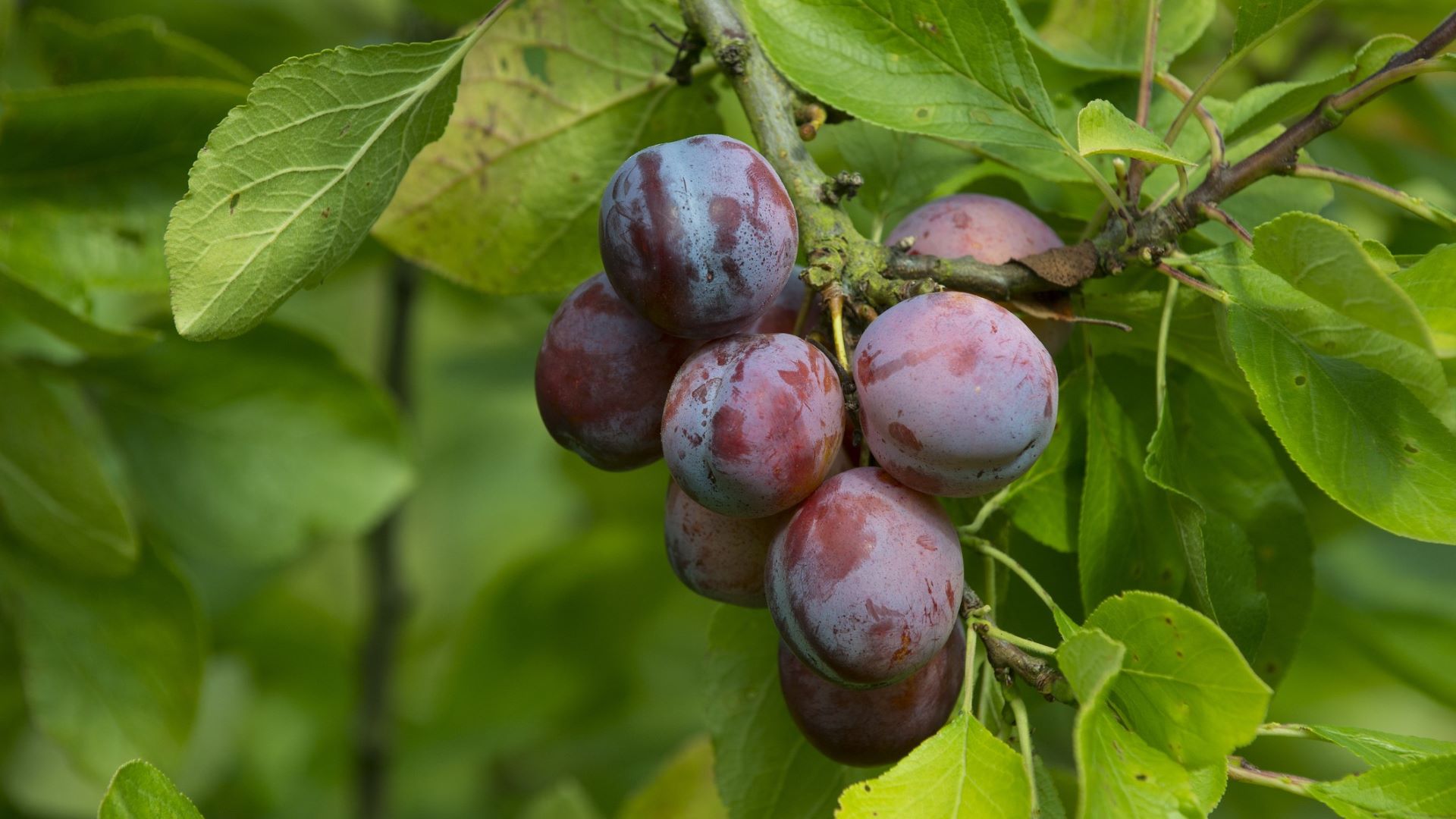
Plums are another fruit that bearded dragons can have as a treat. Ensure that the fruit is ripe and the flesh soft to make it easier for your dragon to chew, but don't give it to them too often as it is high in sugar.
32. Figs
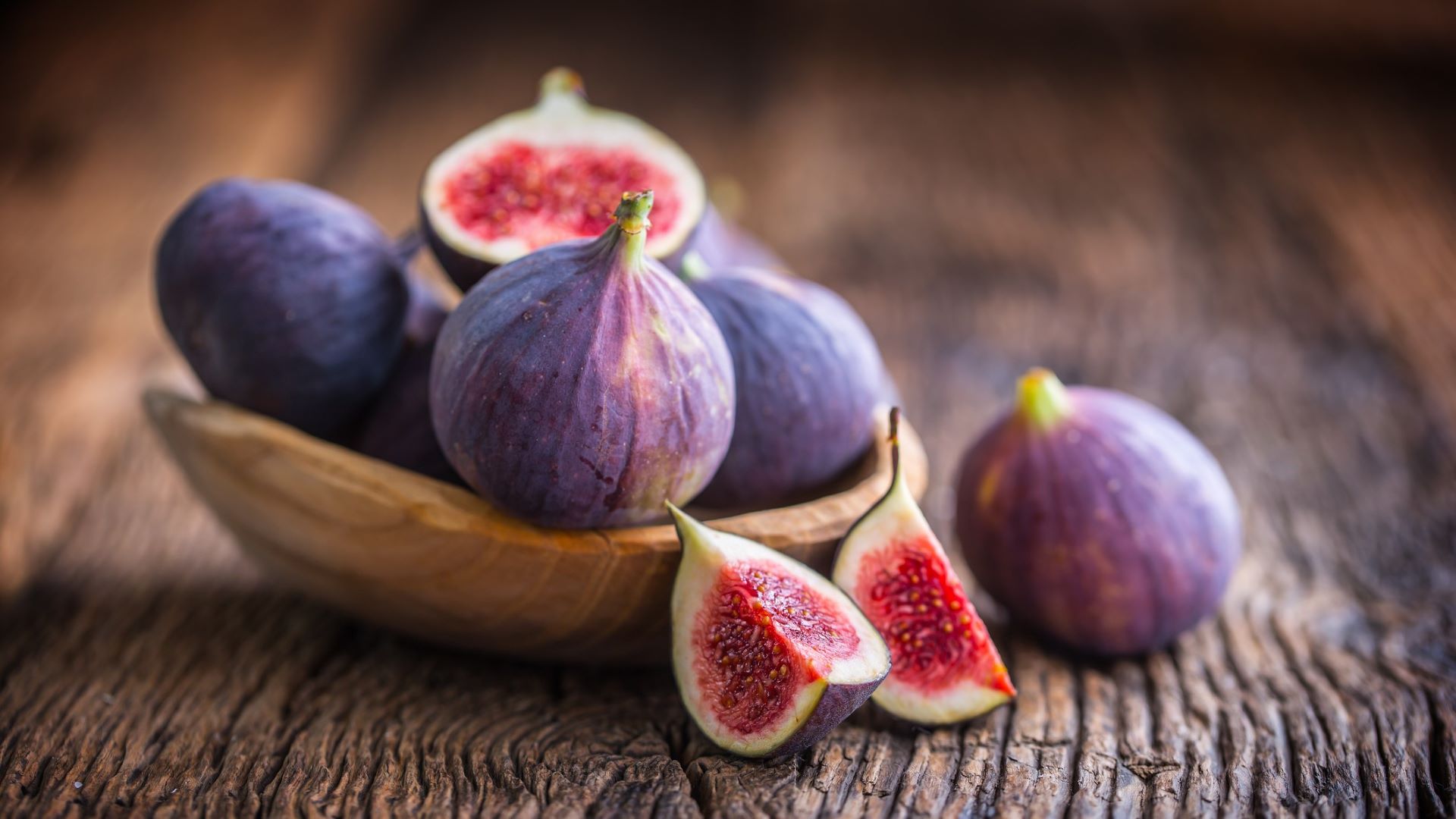
Figs can make a nice treat for bearded dragons and they have a good ratio of calcium to phosphorus but are also relatively high in oxalates, so shouldn't be given too often.







